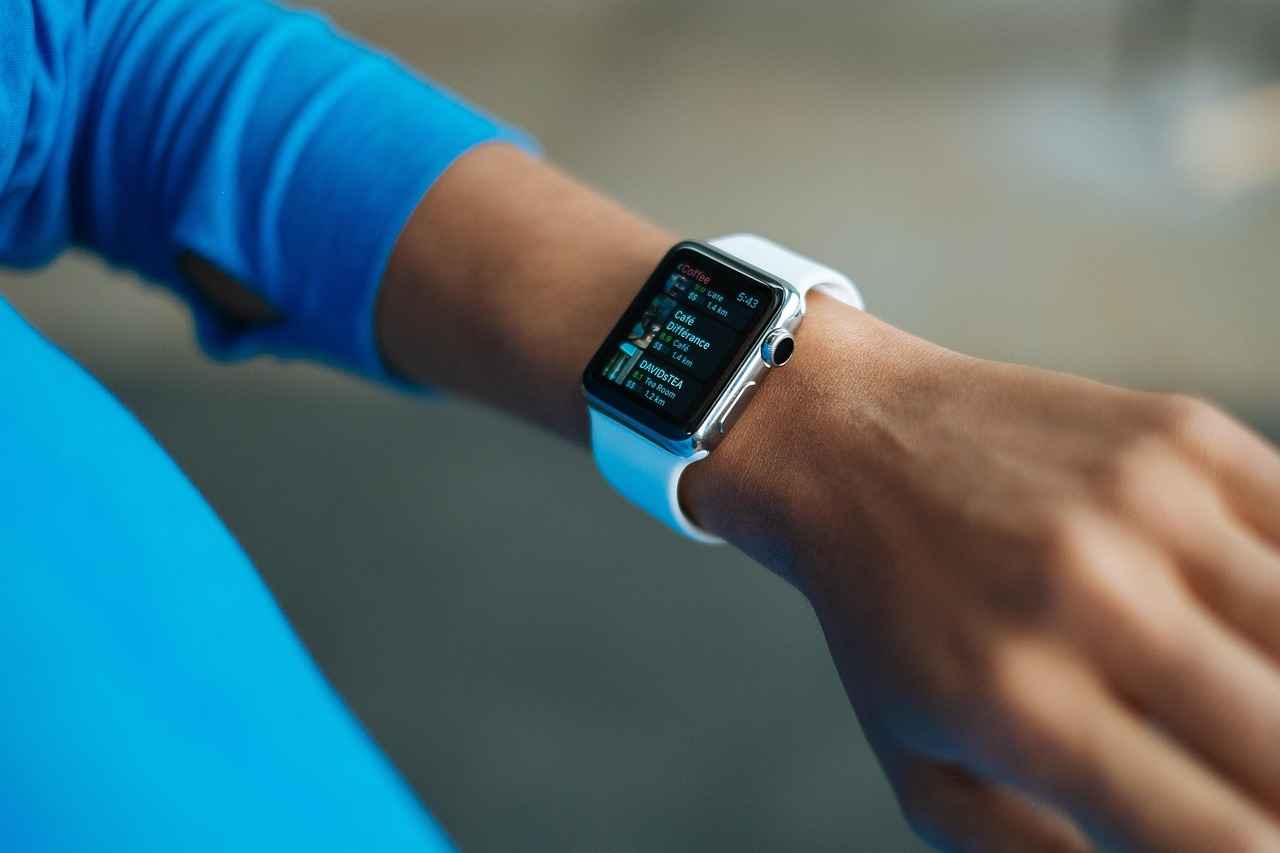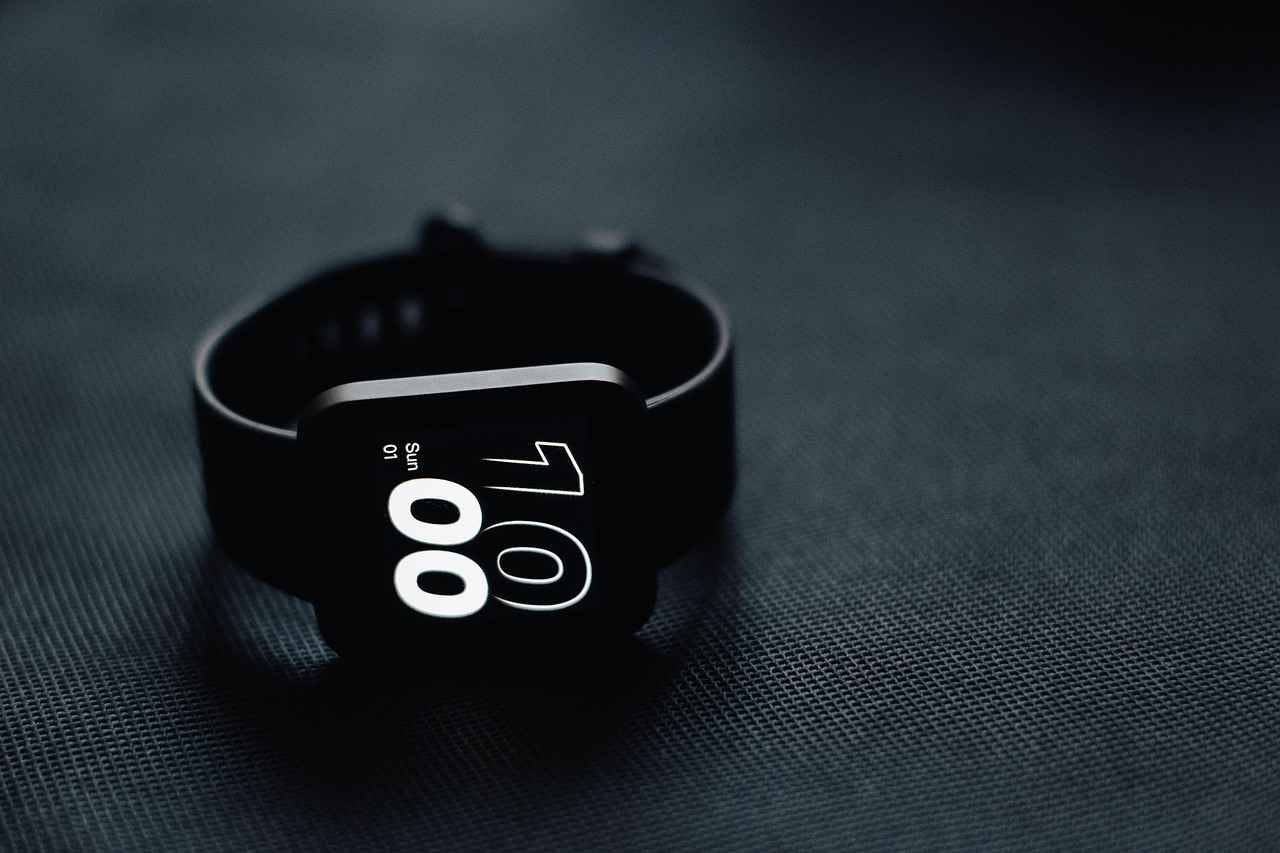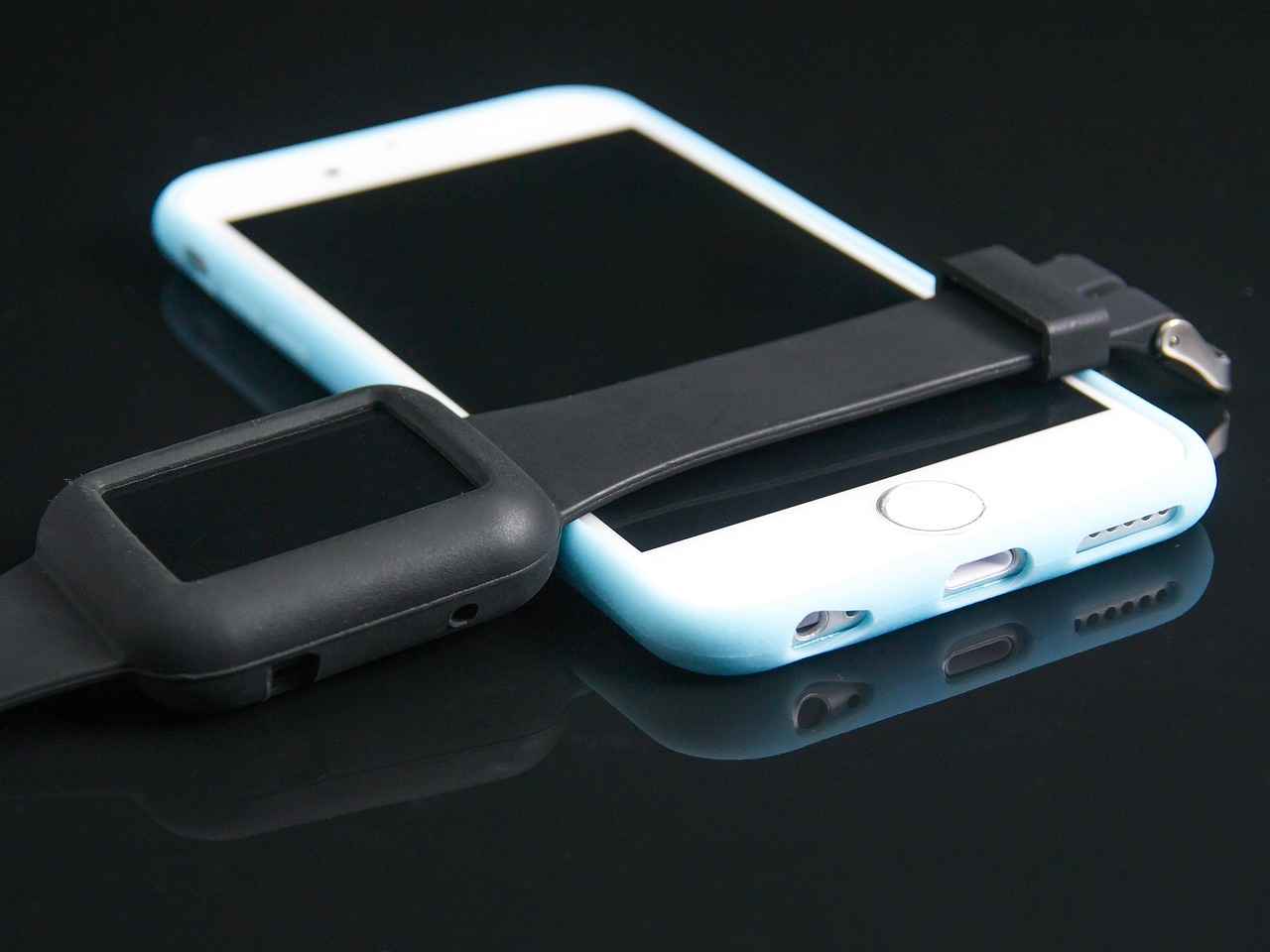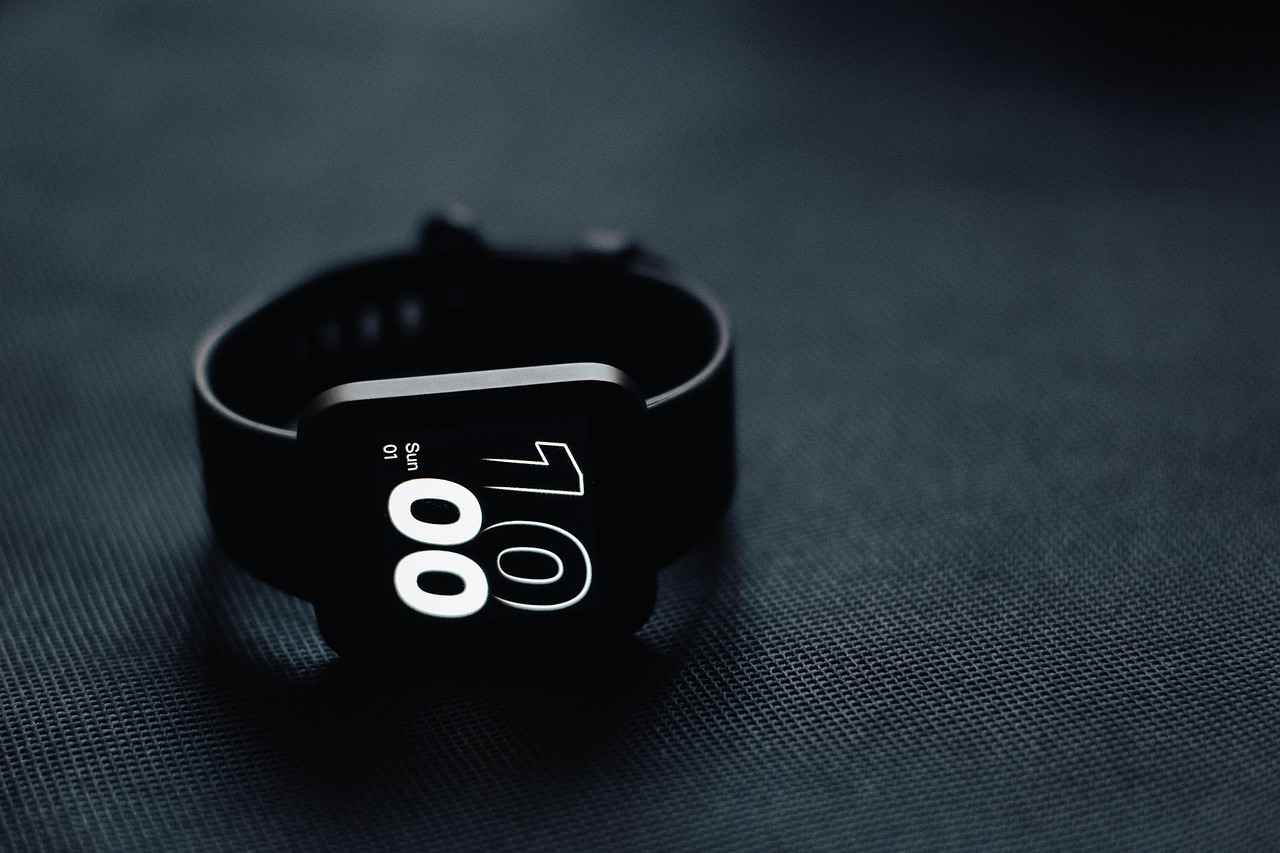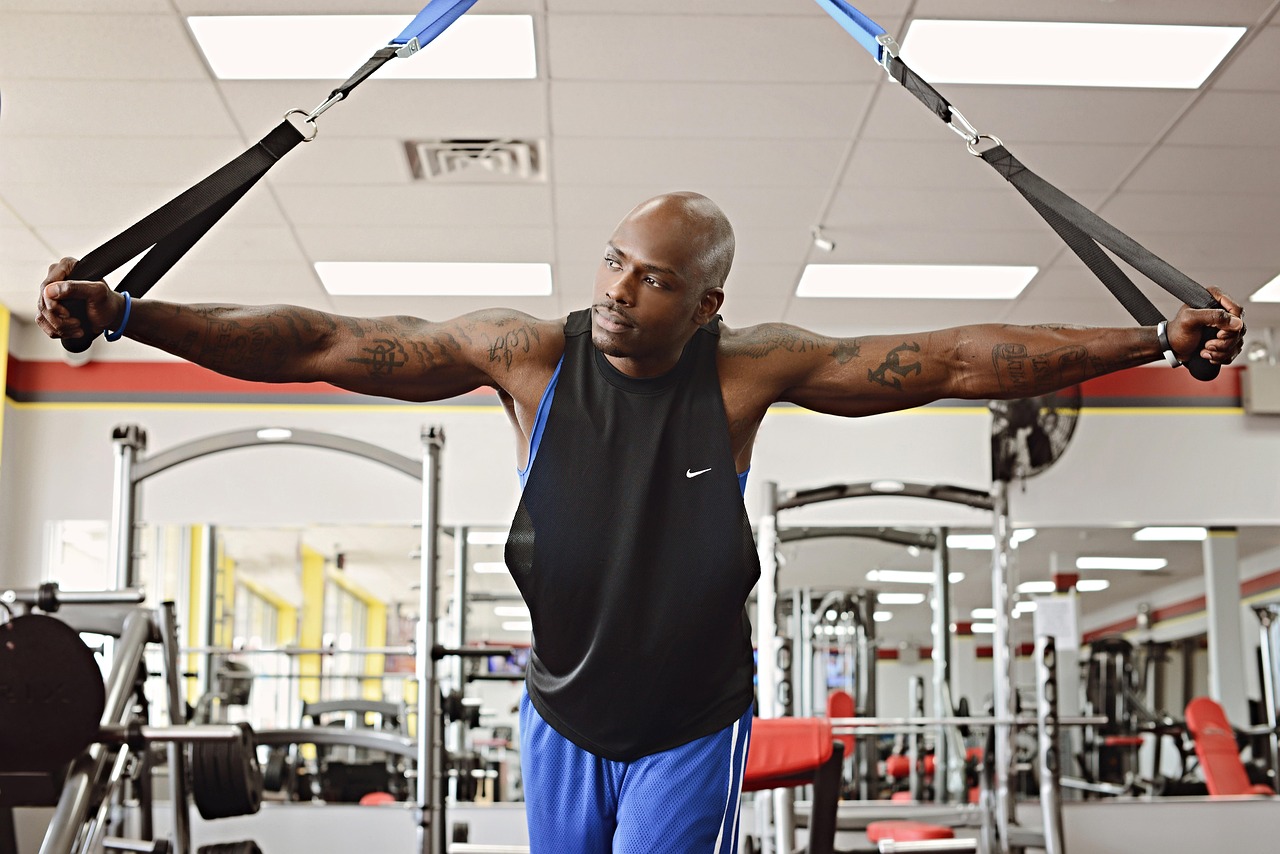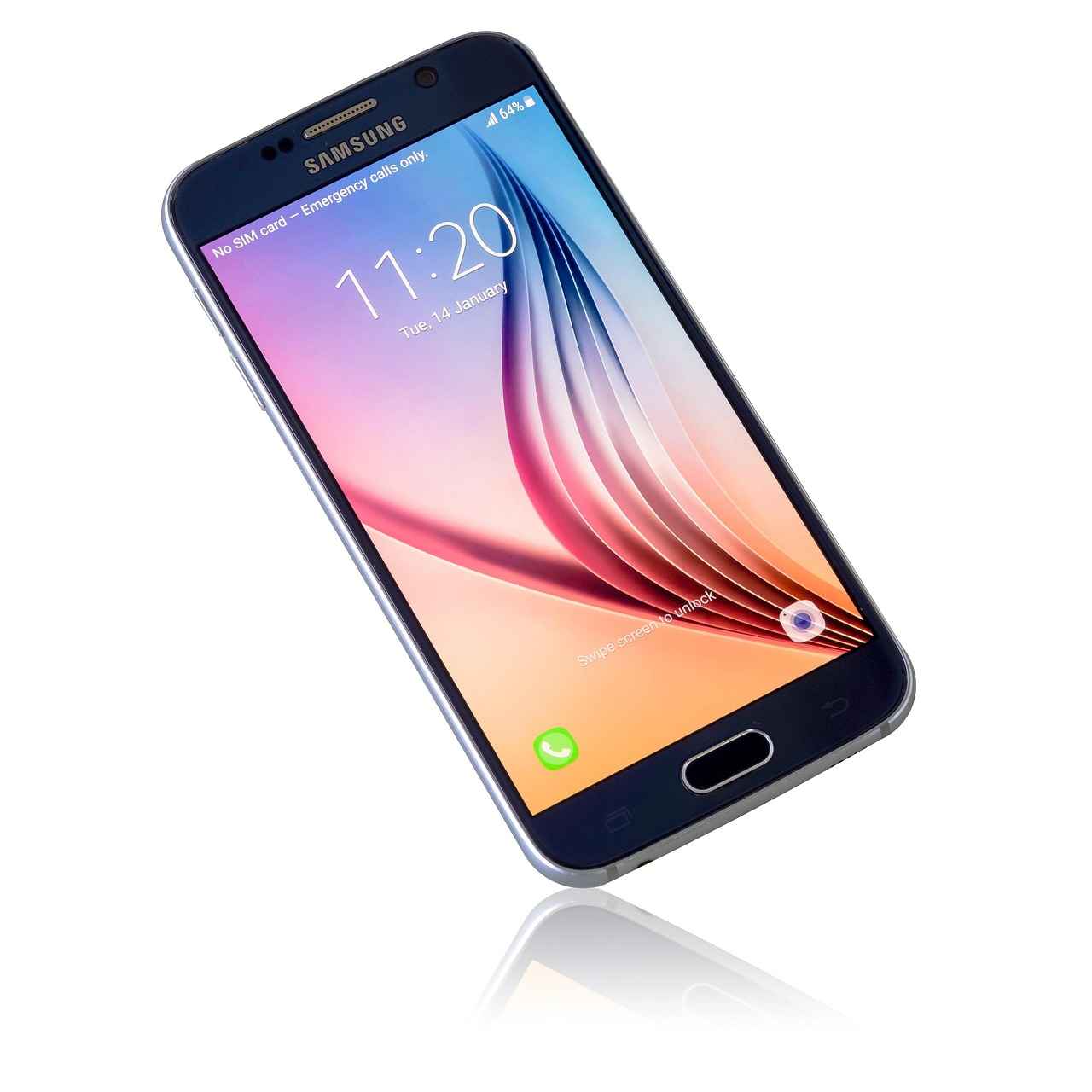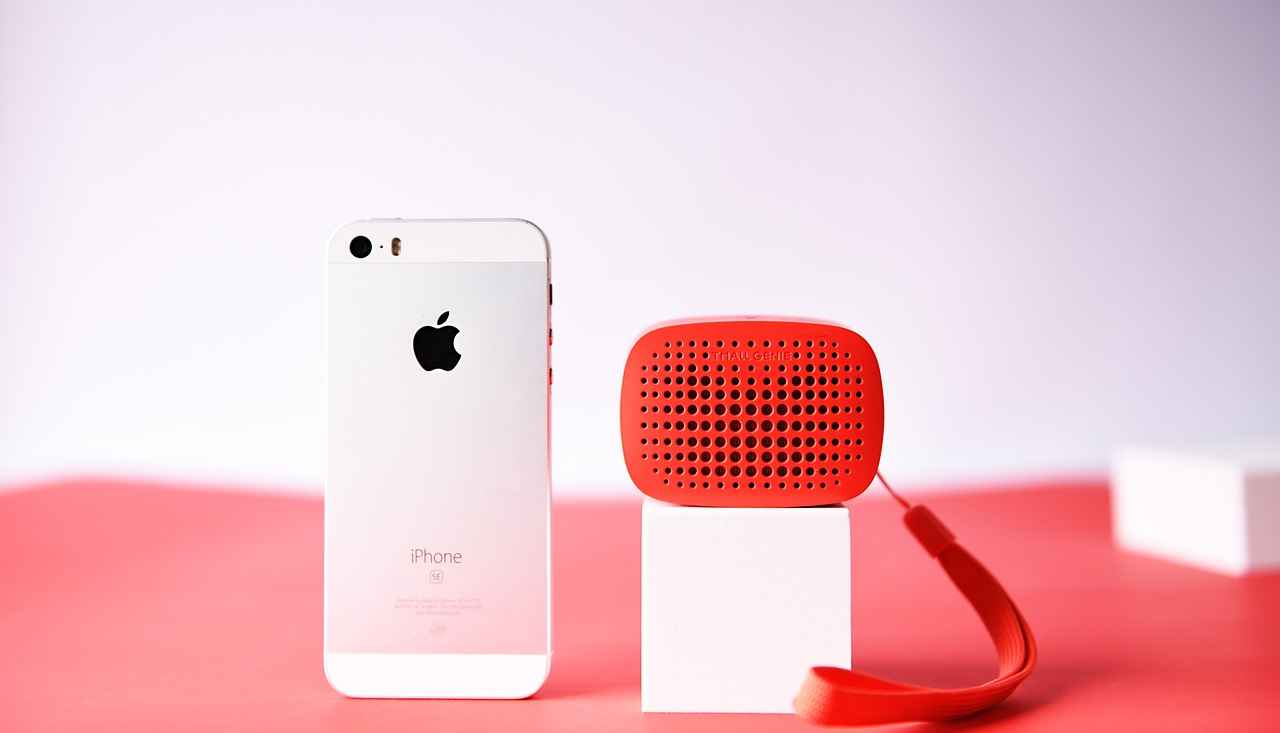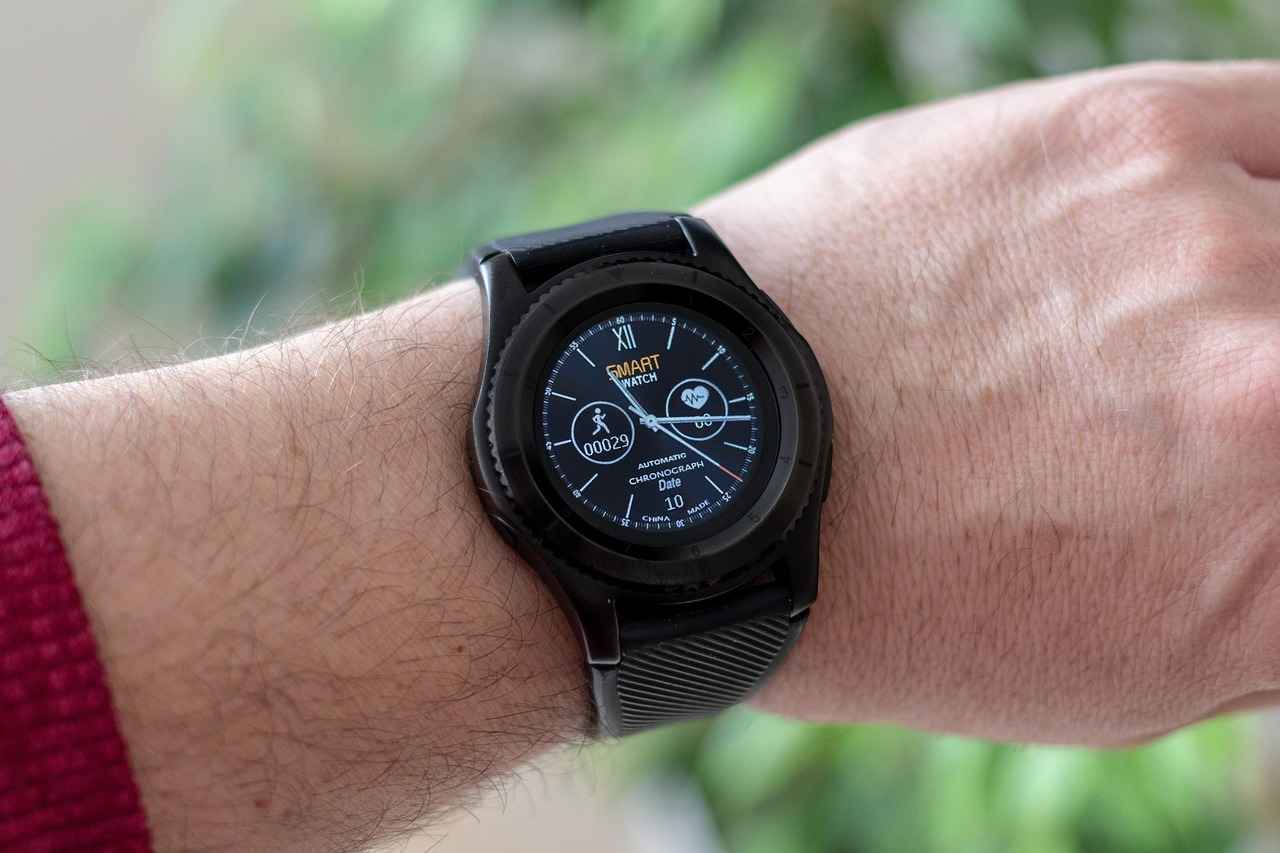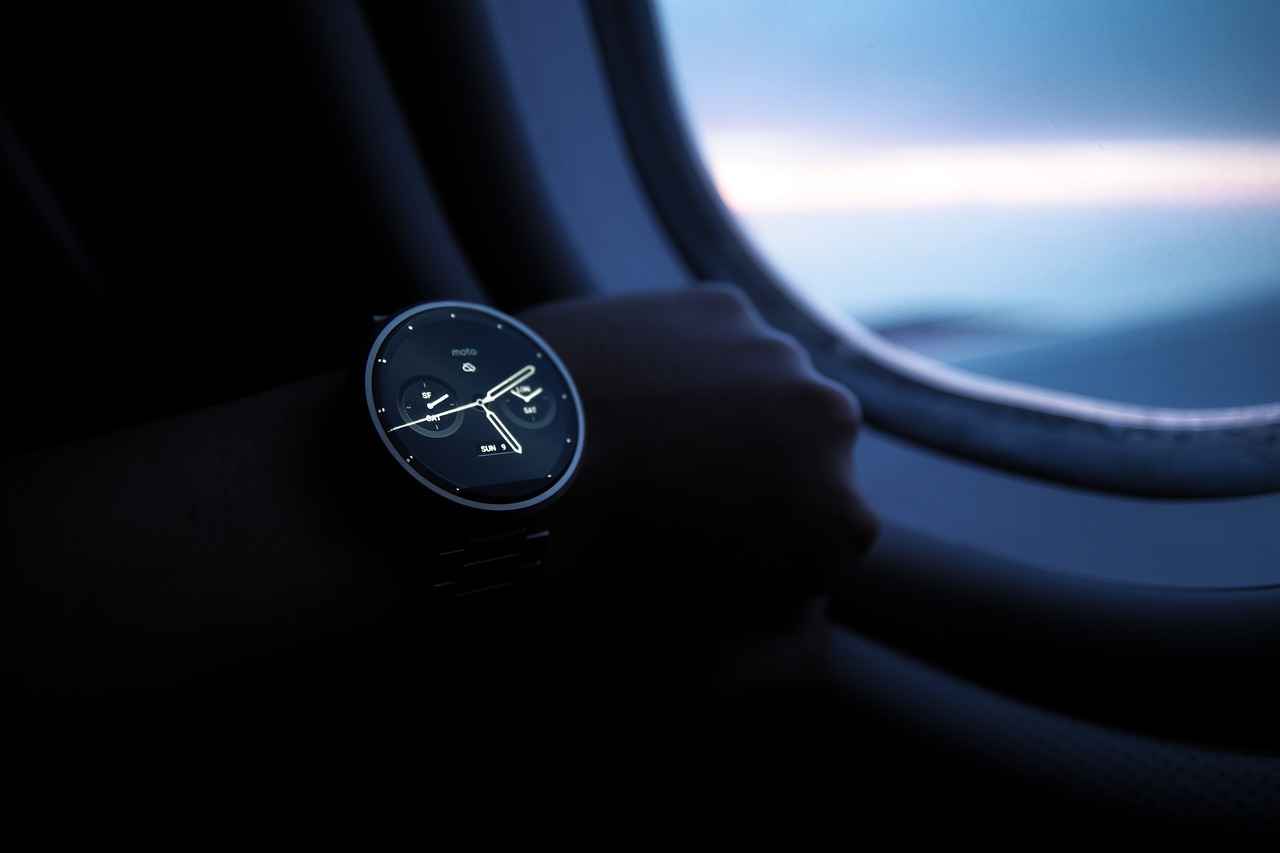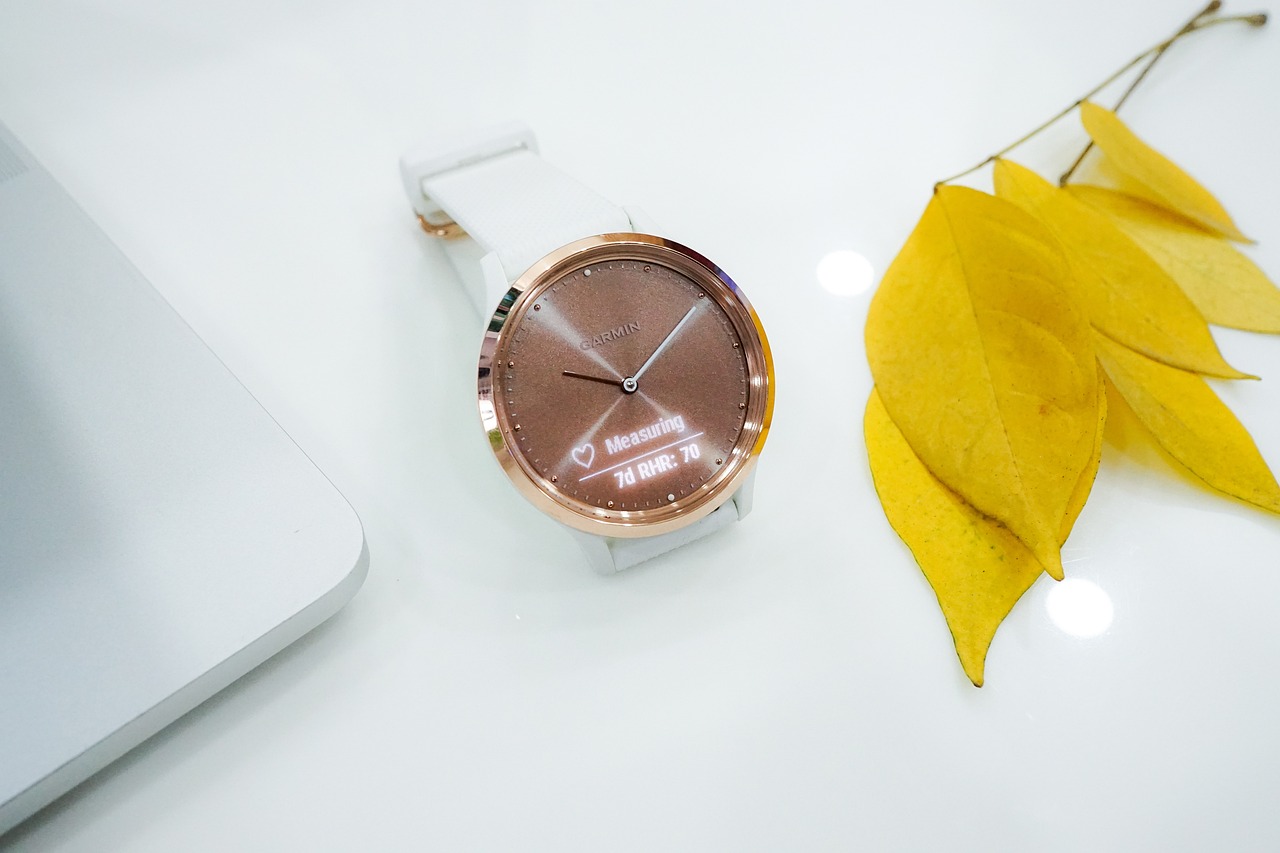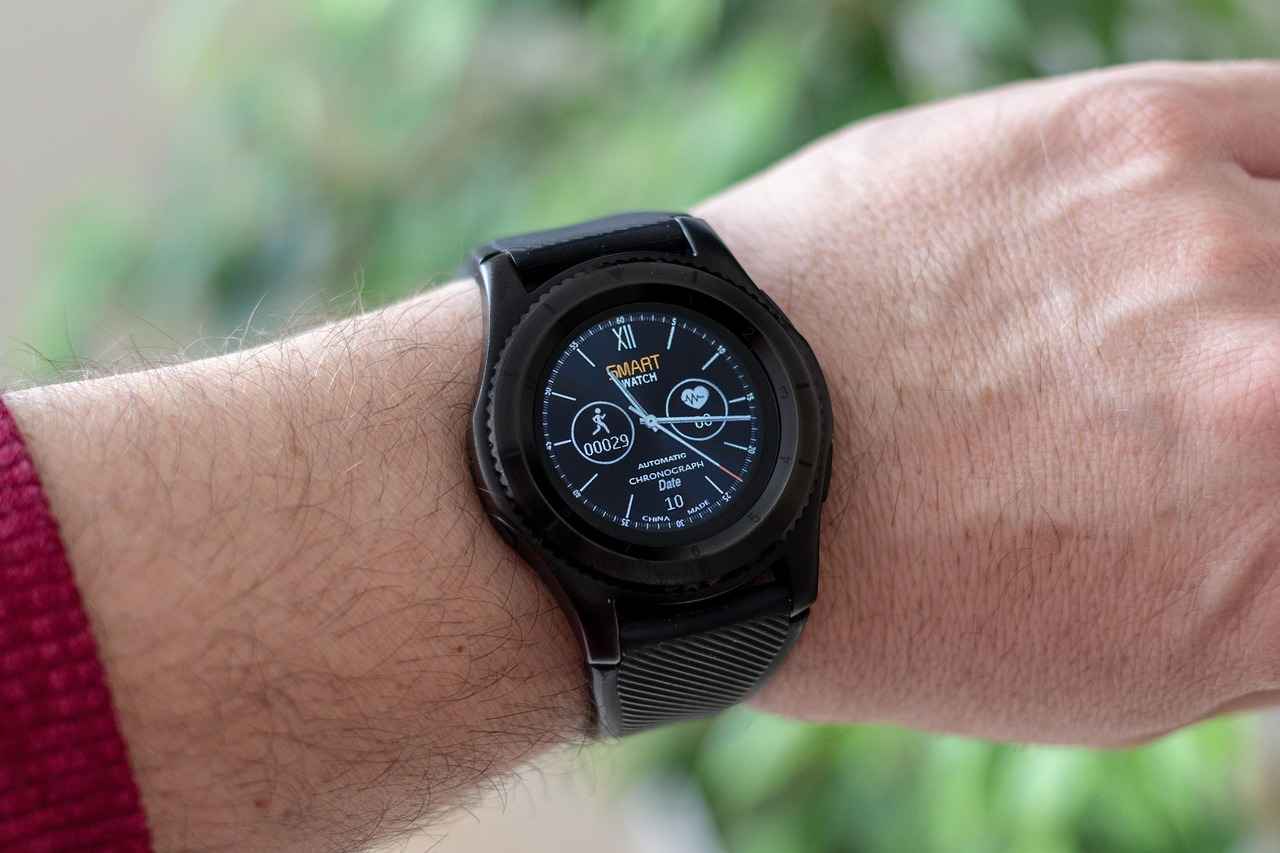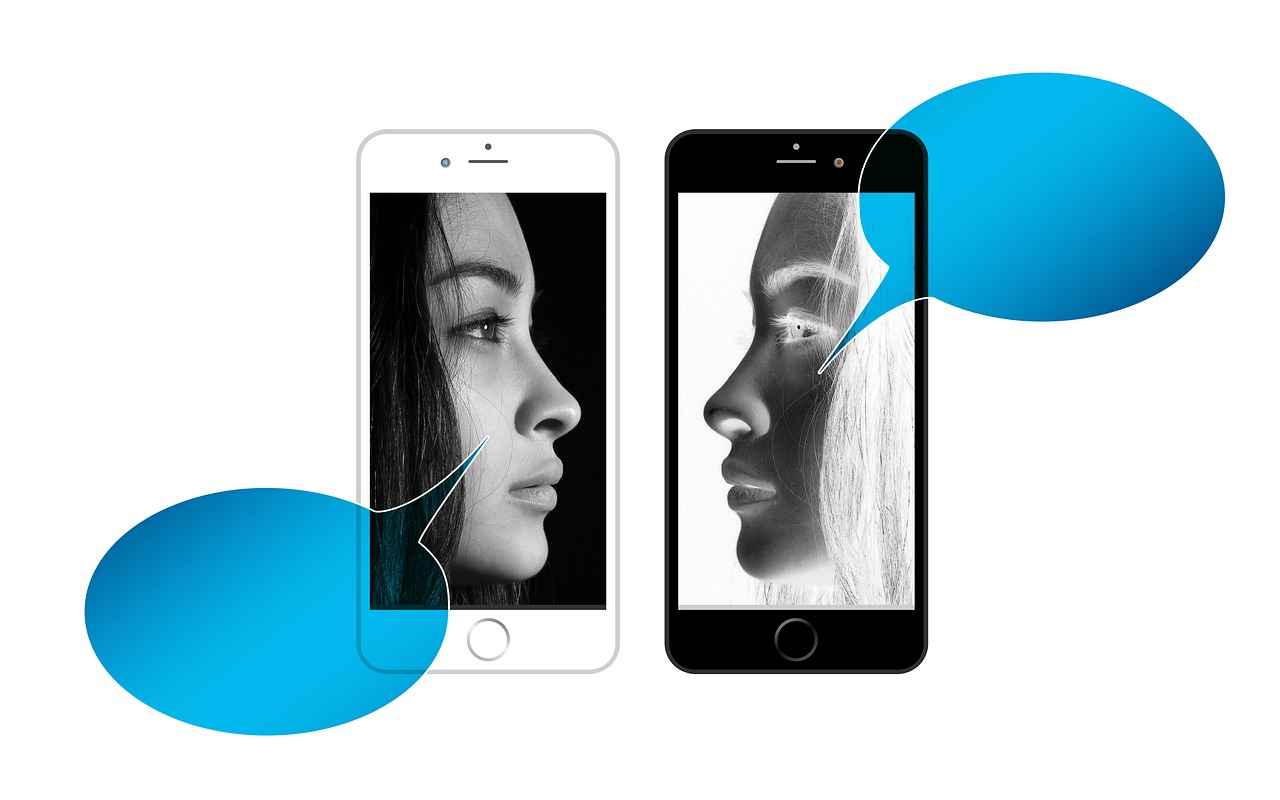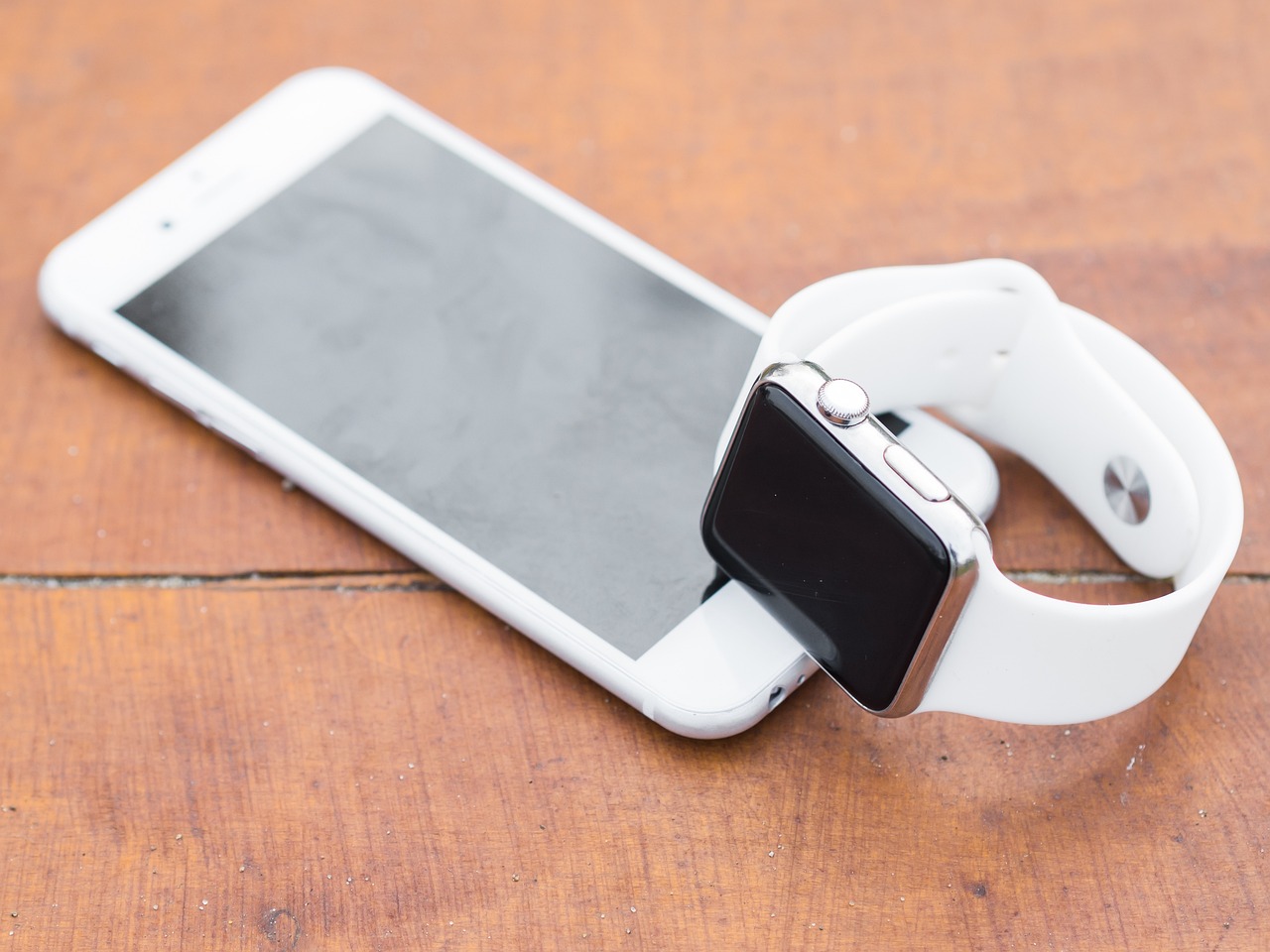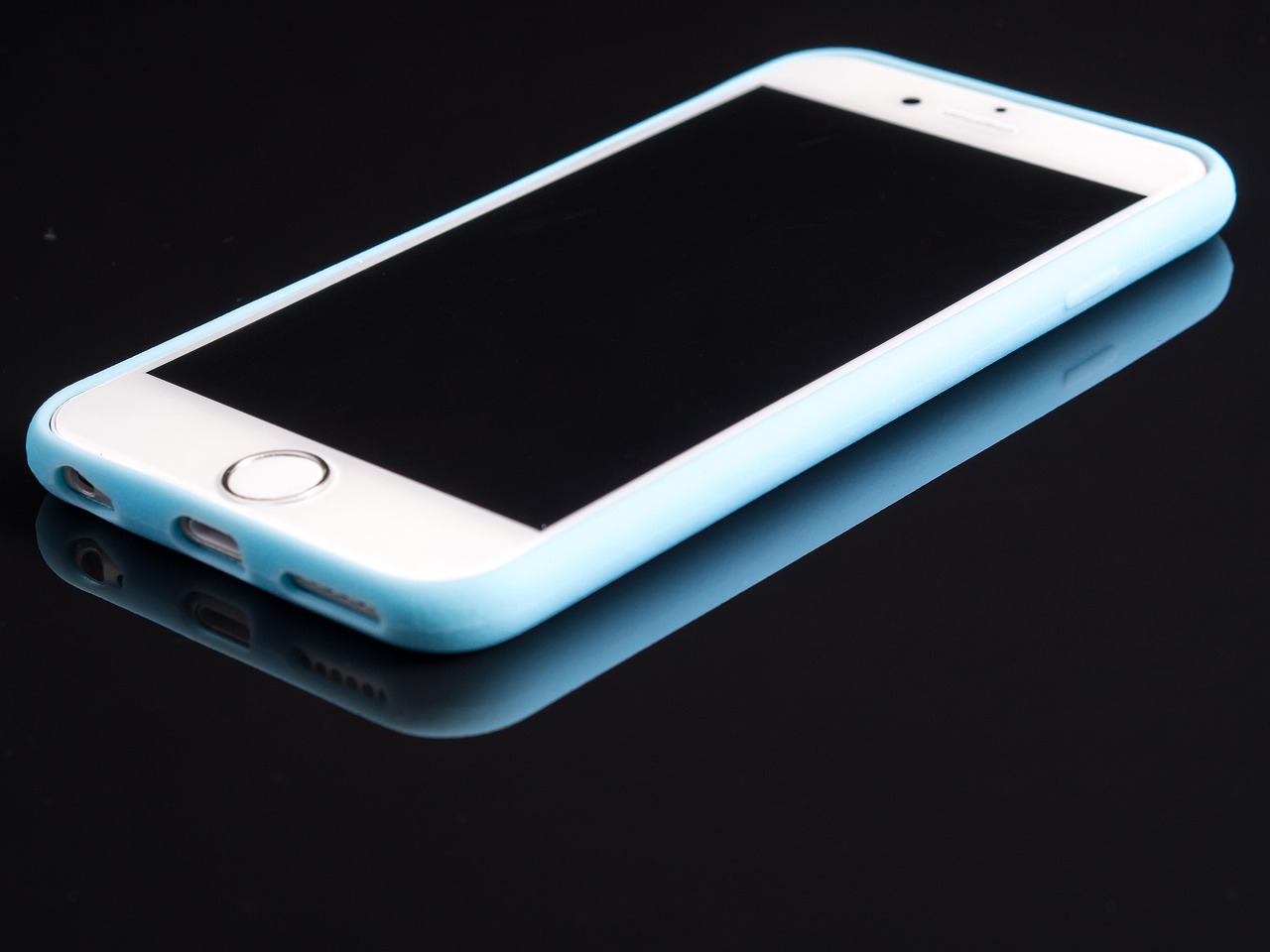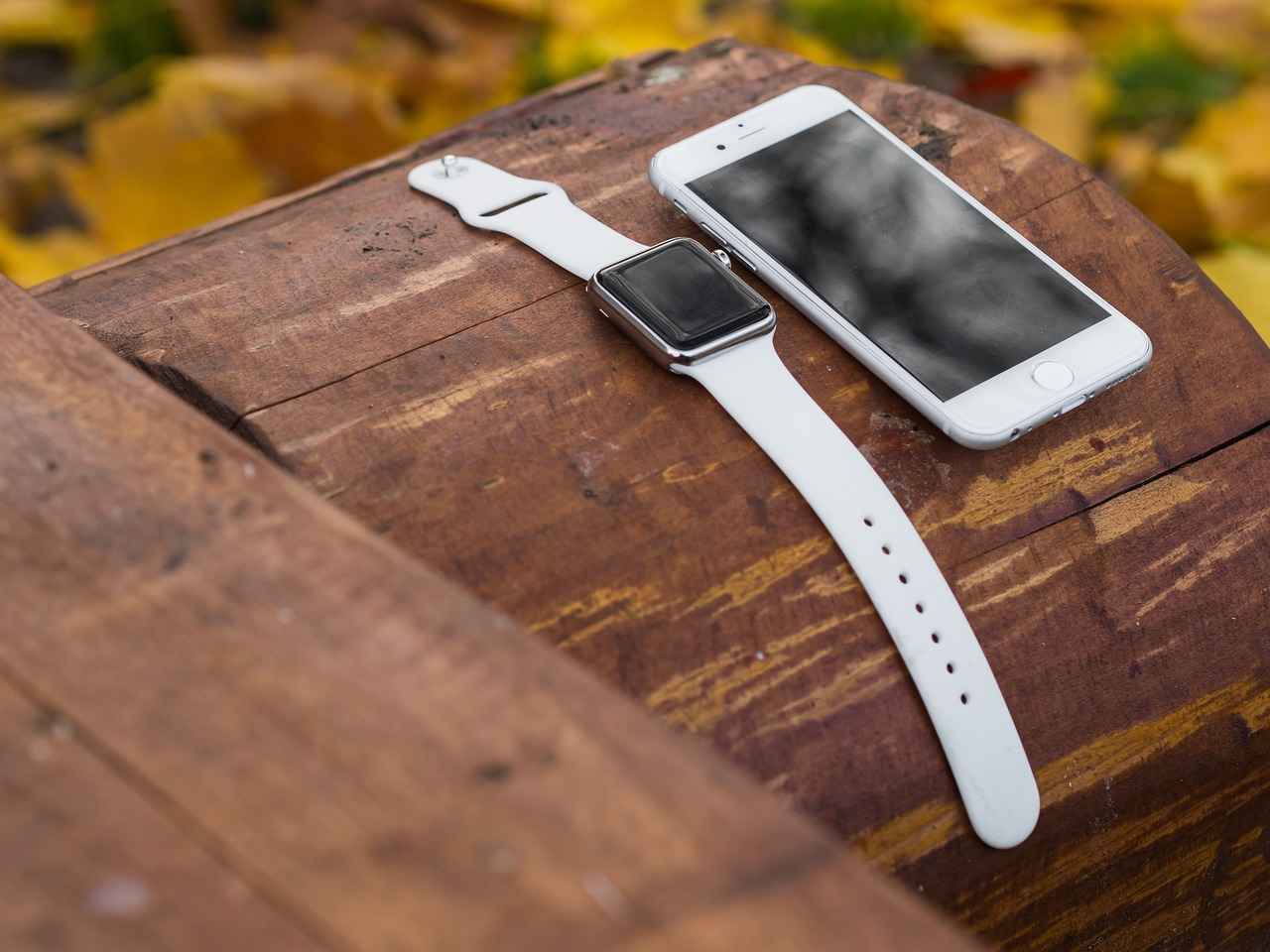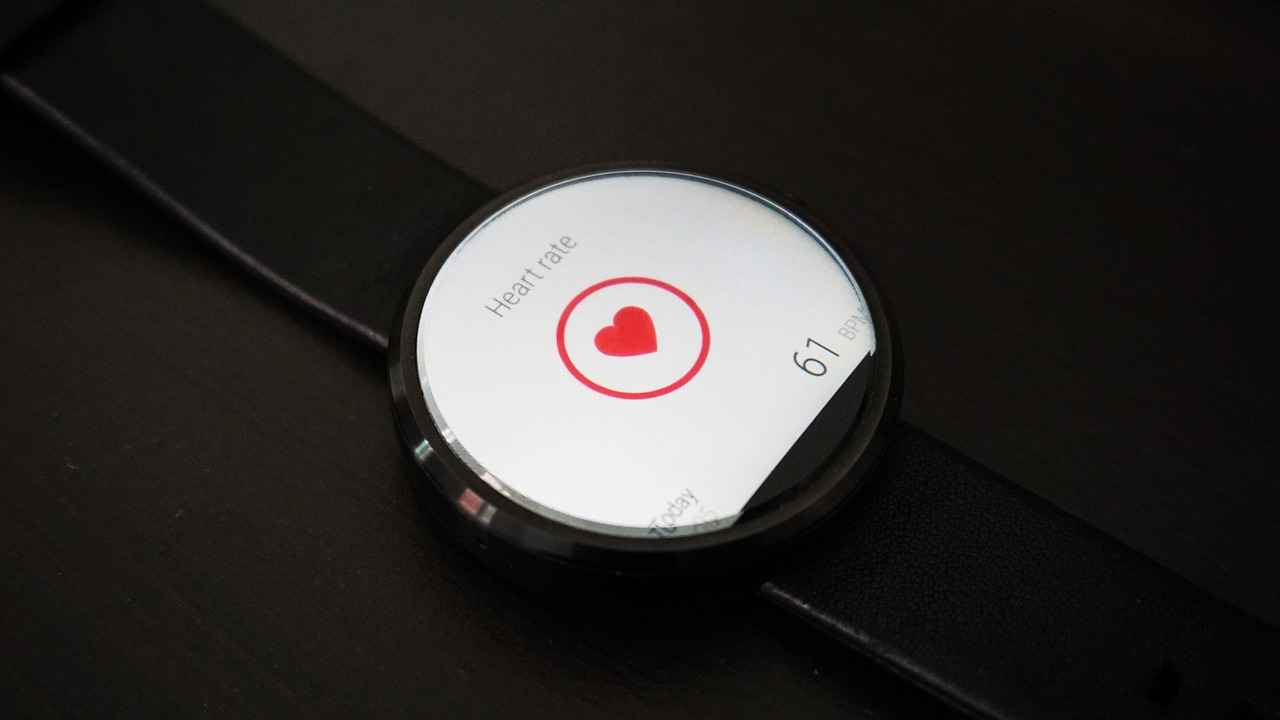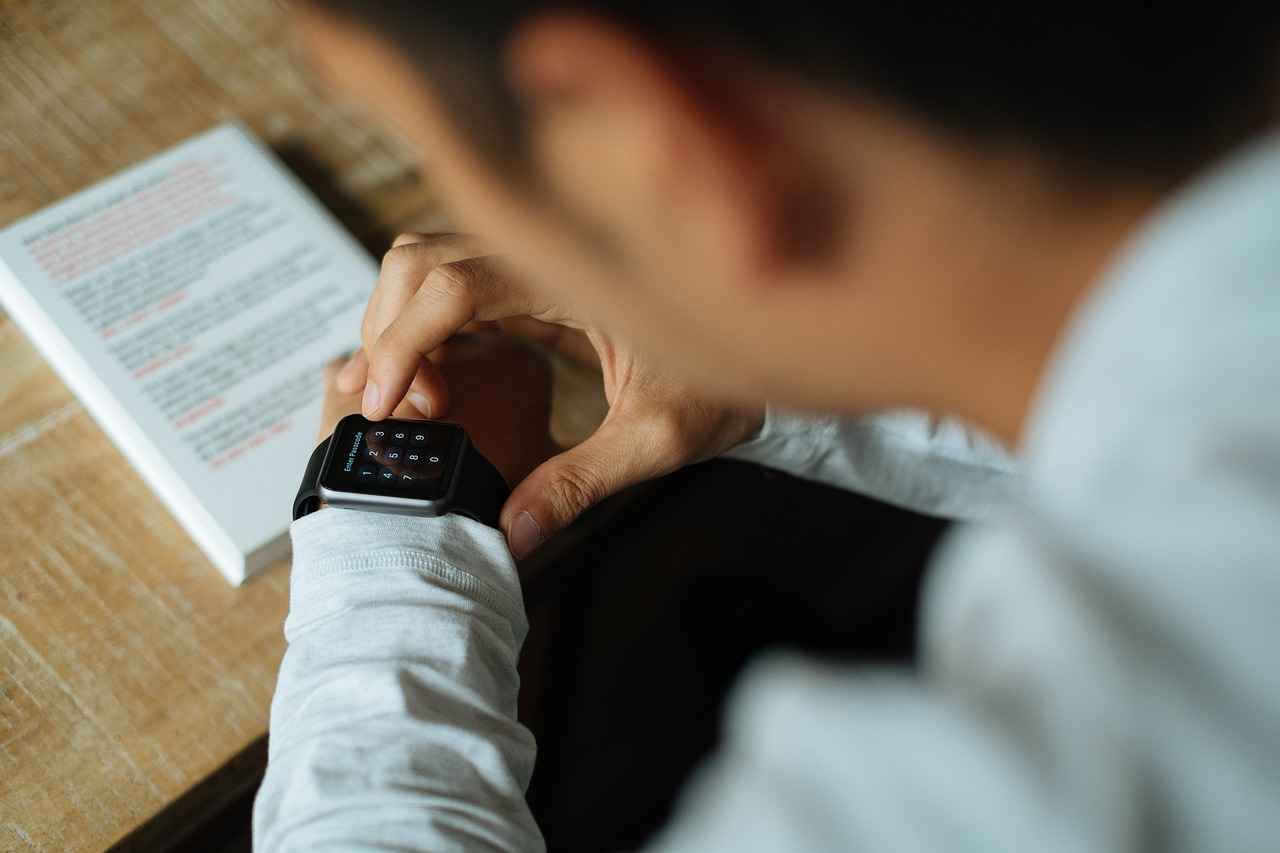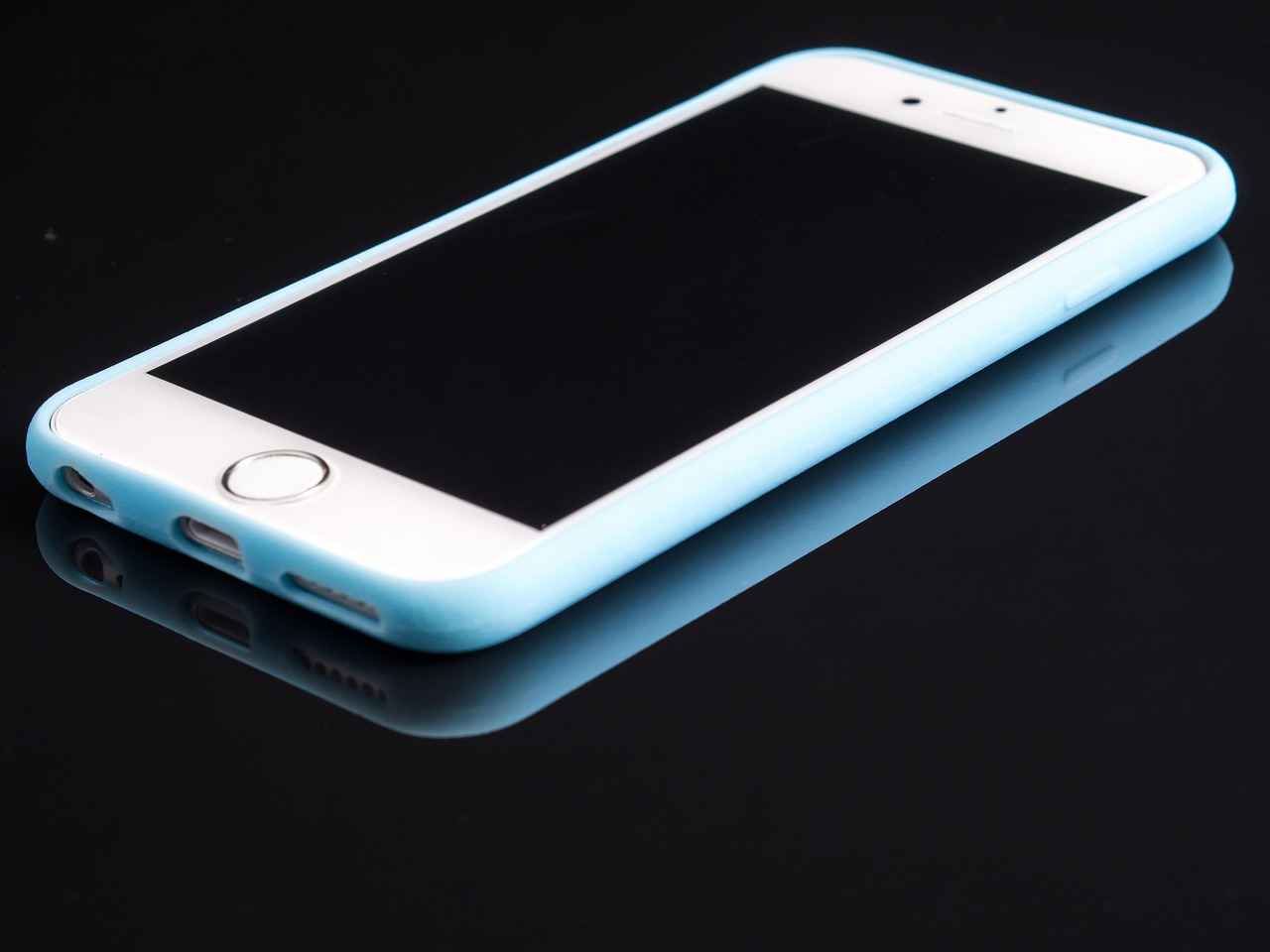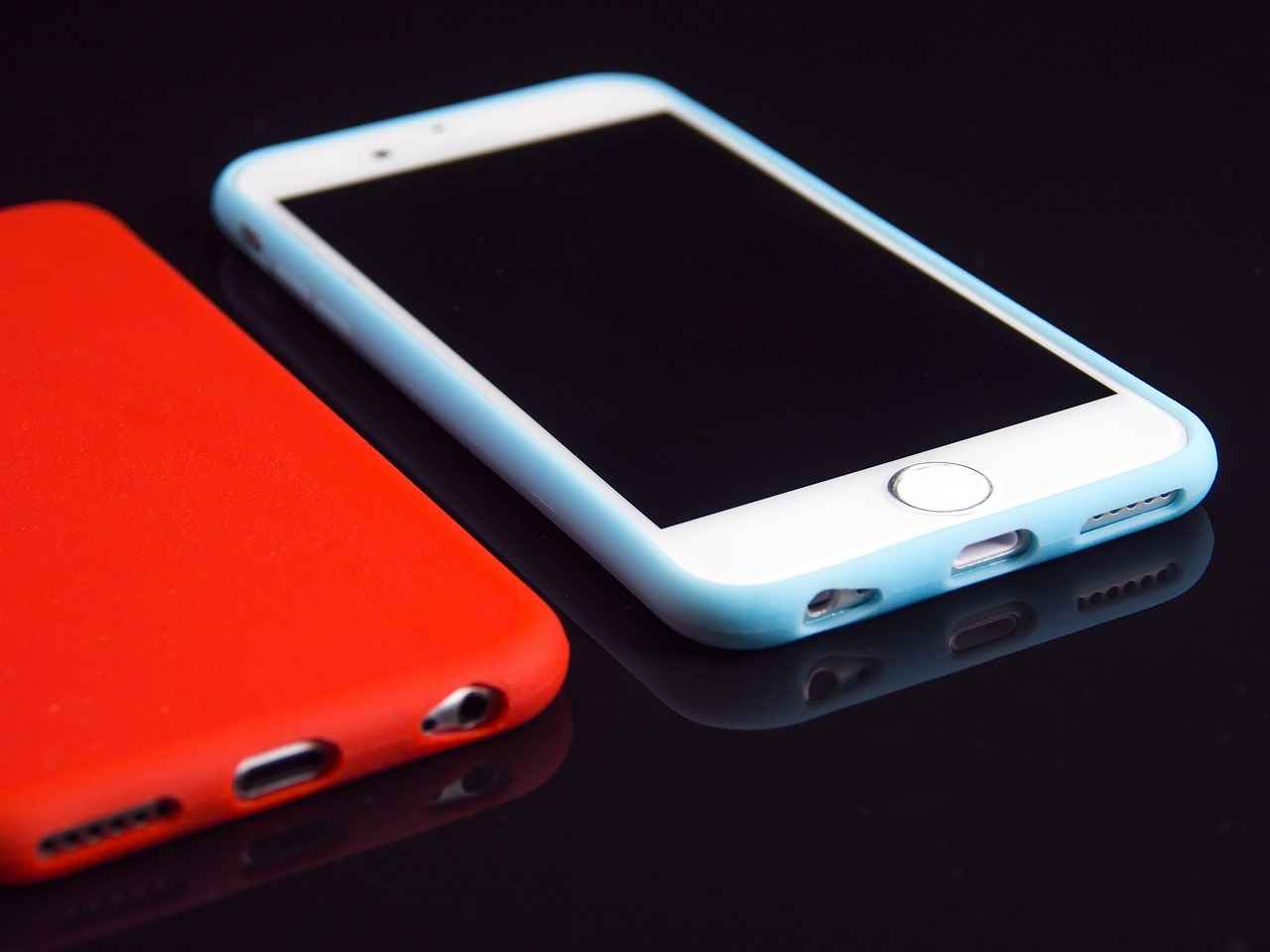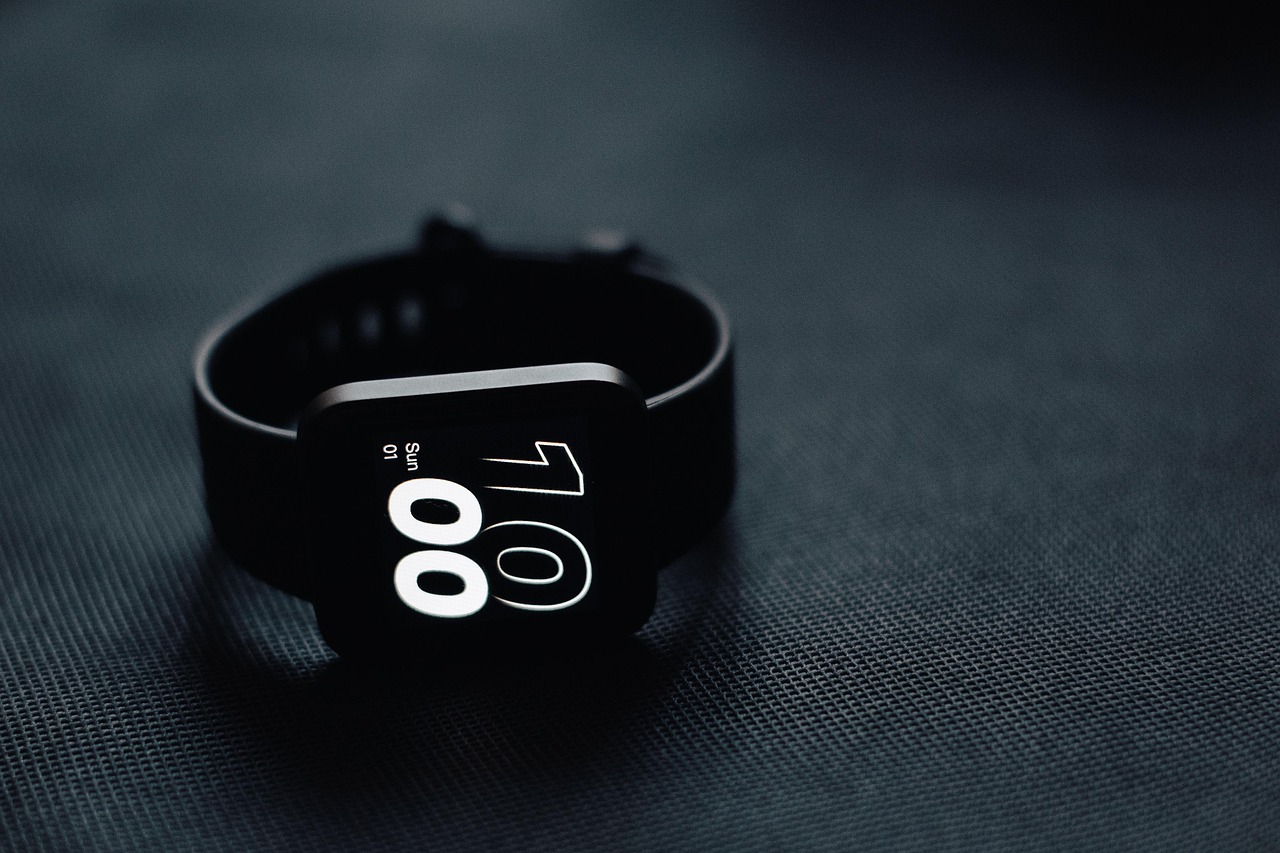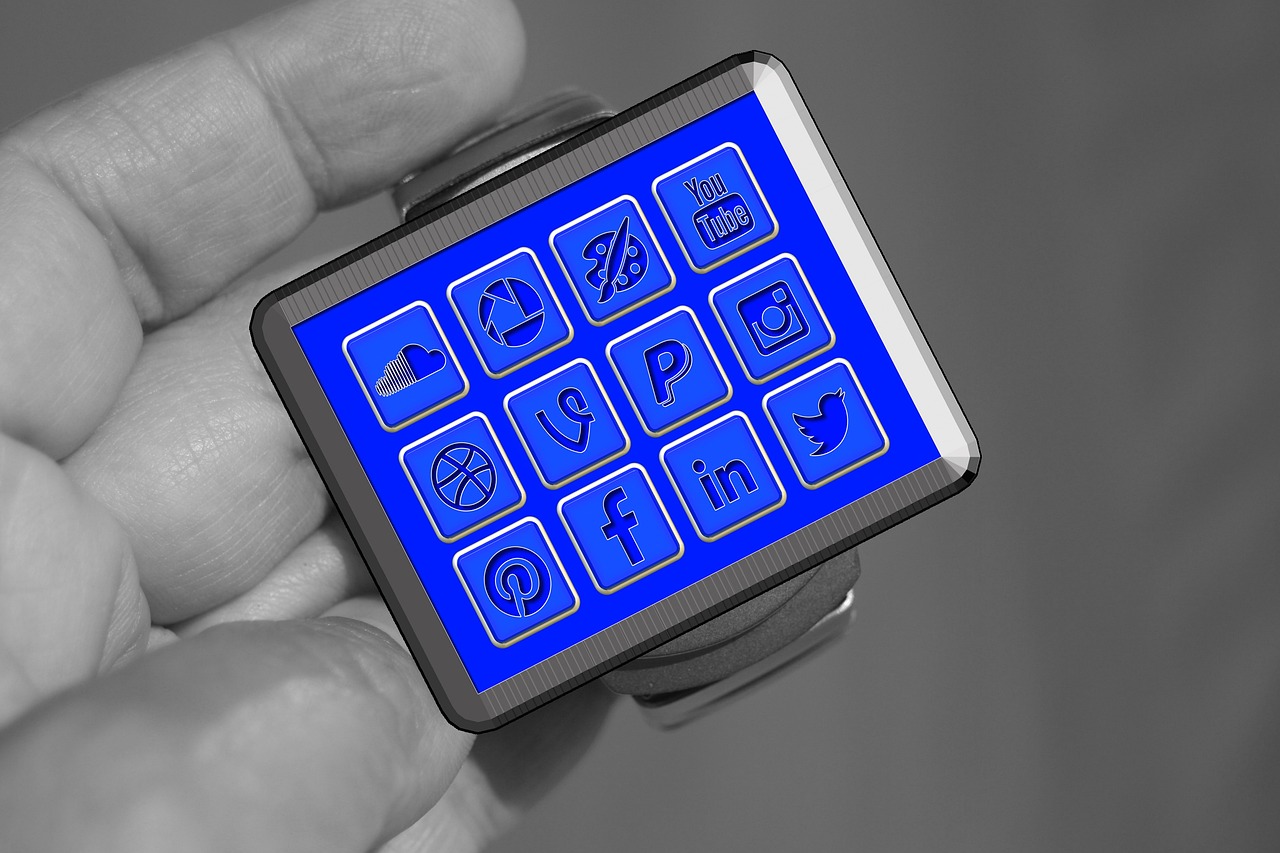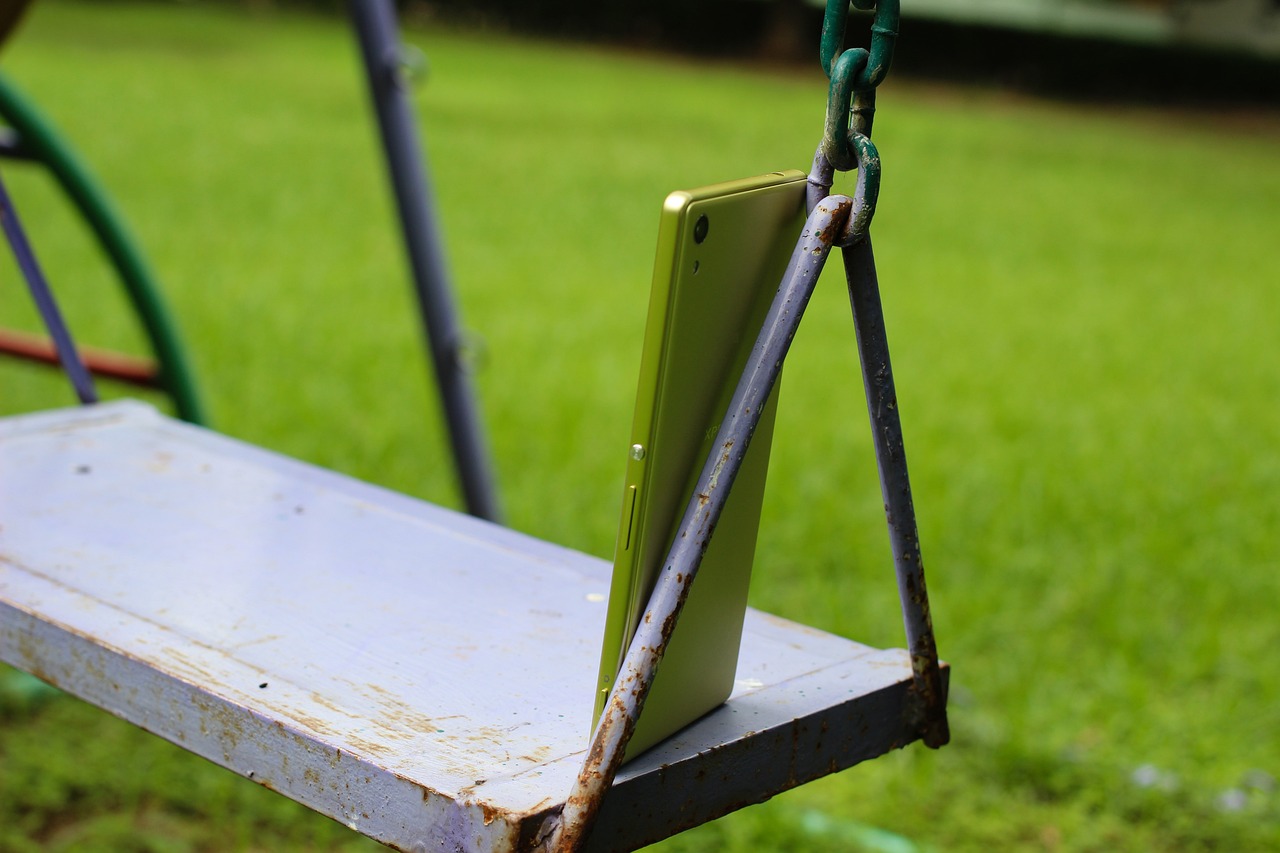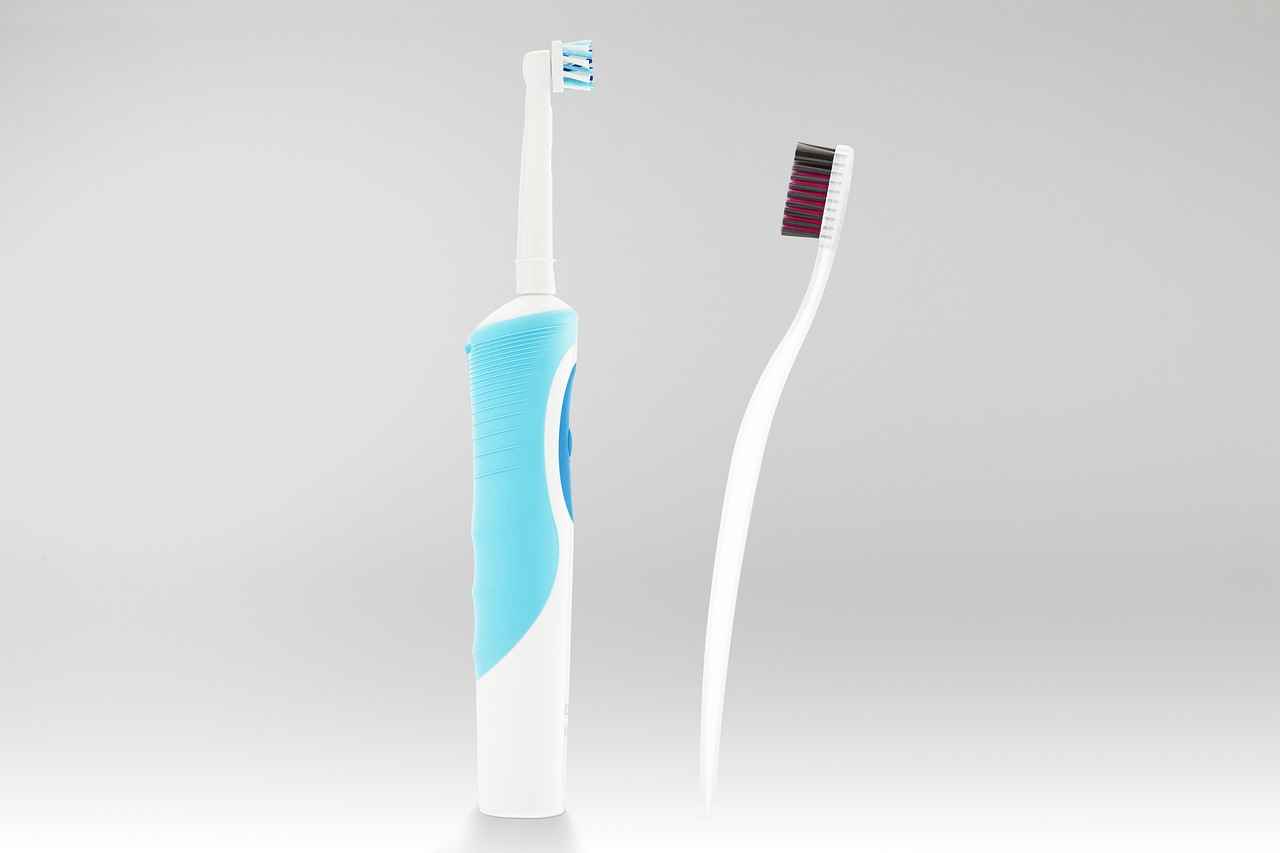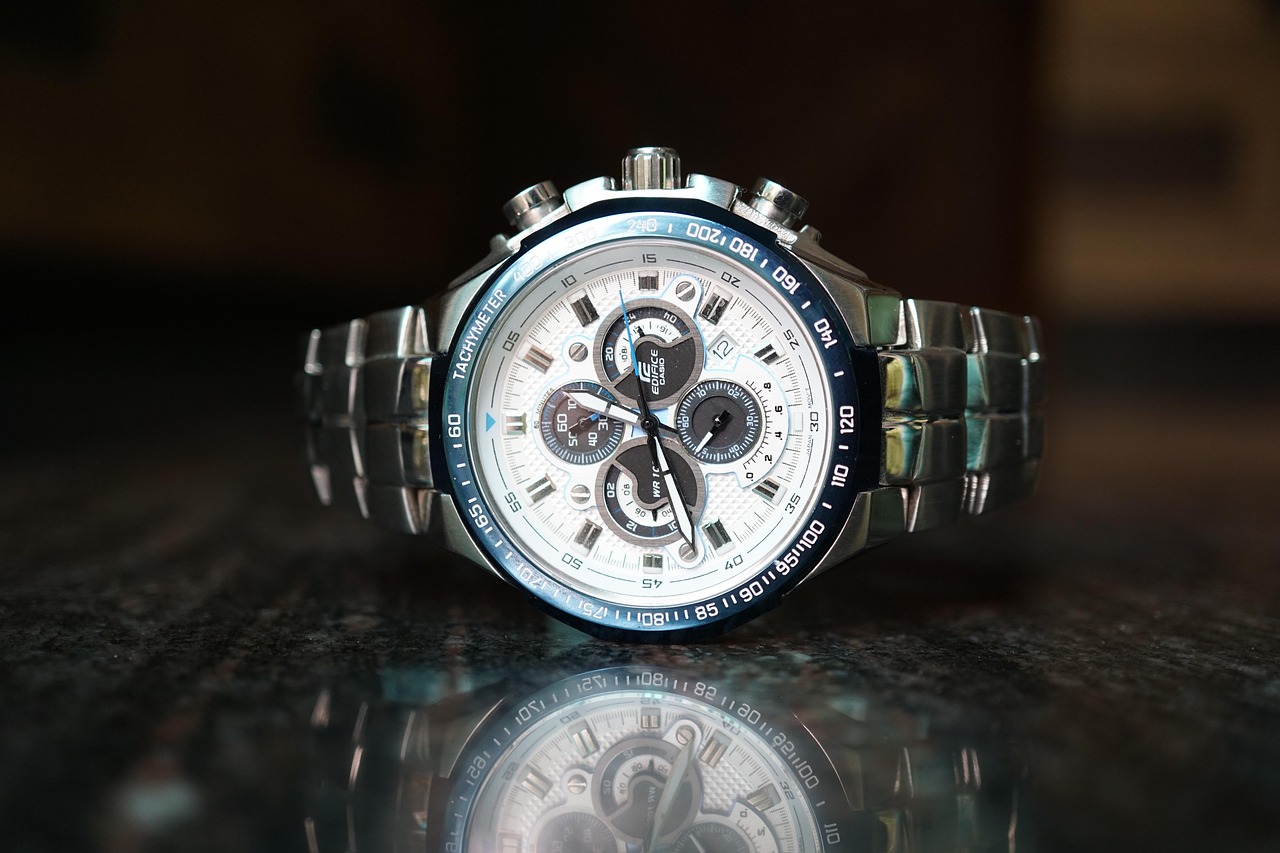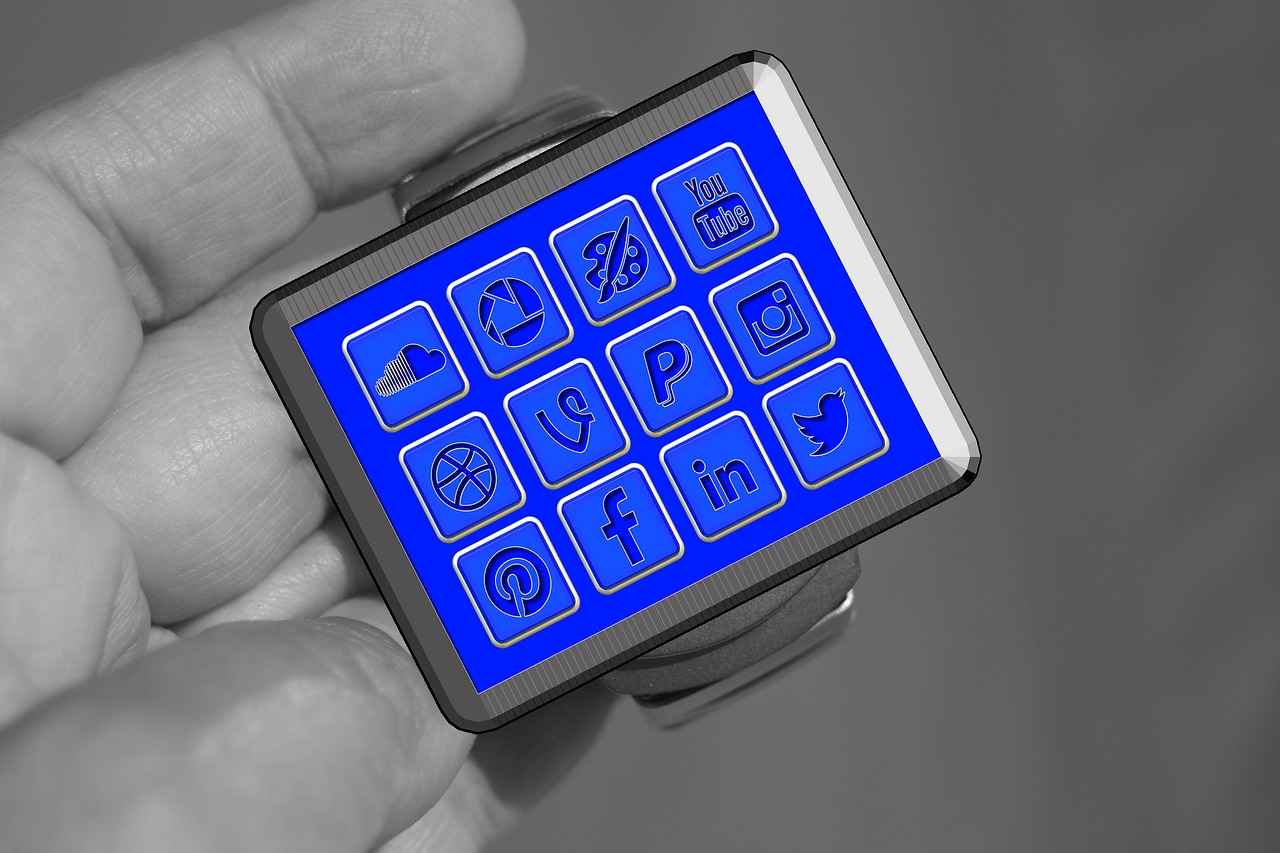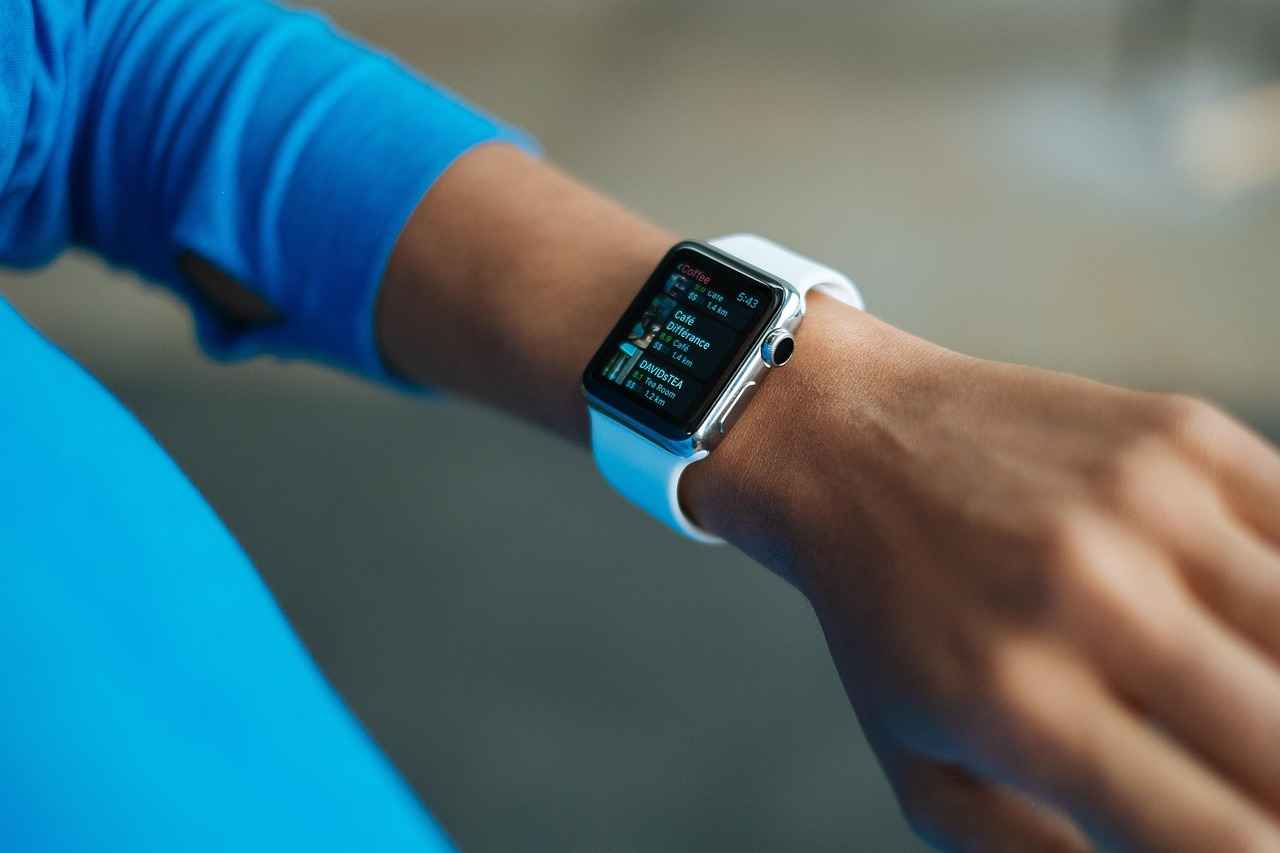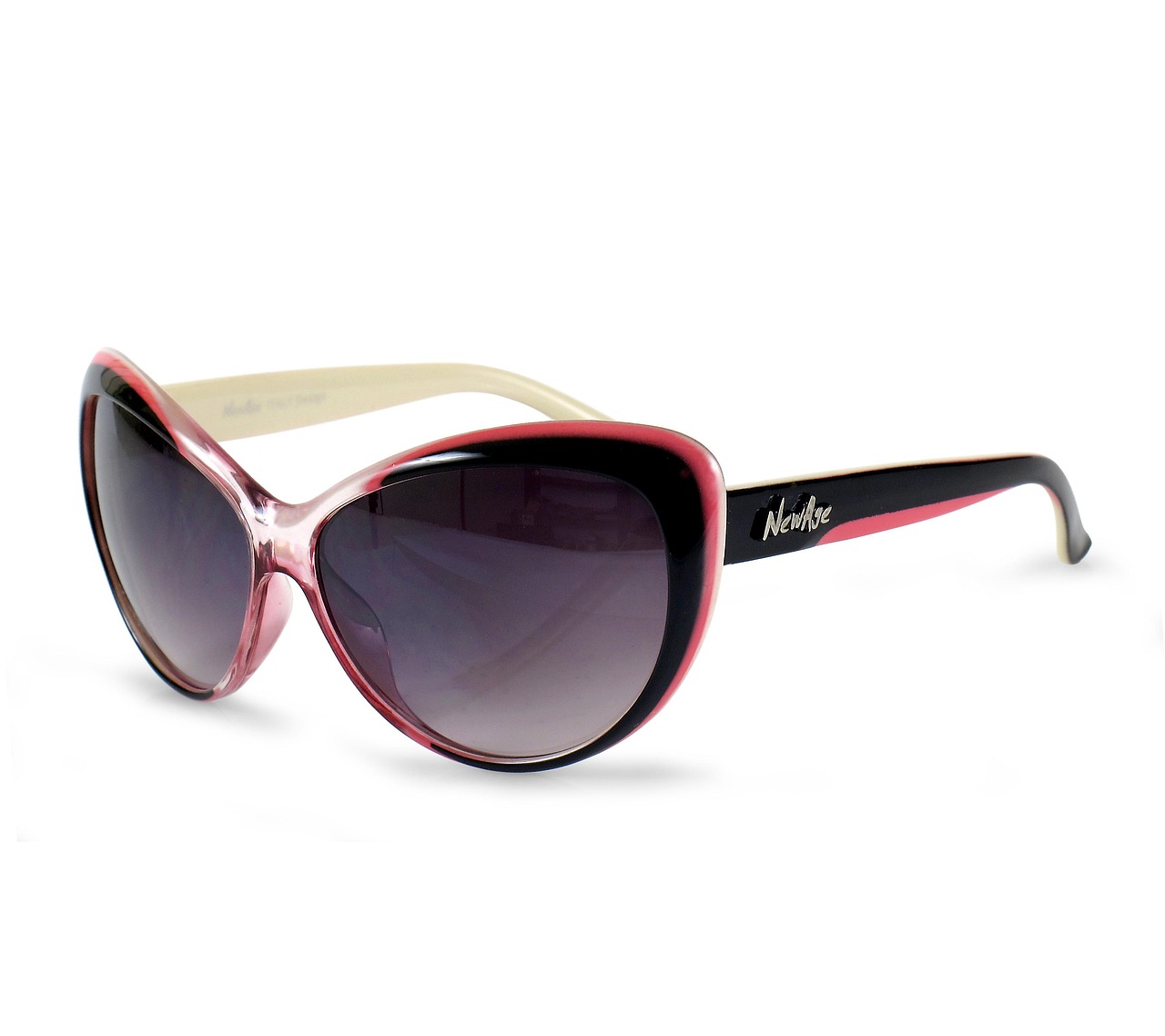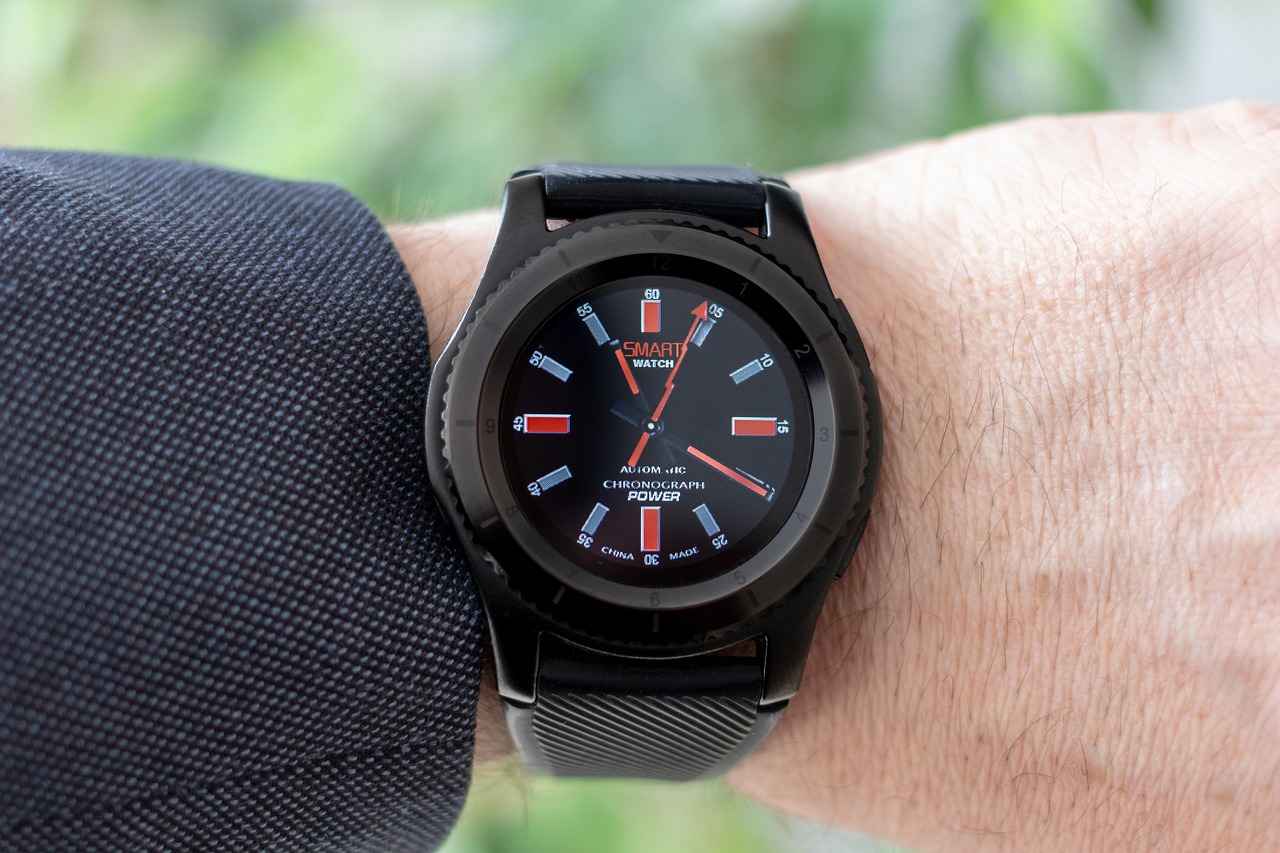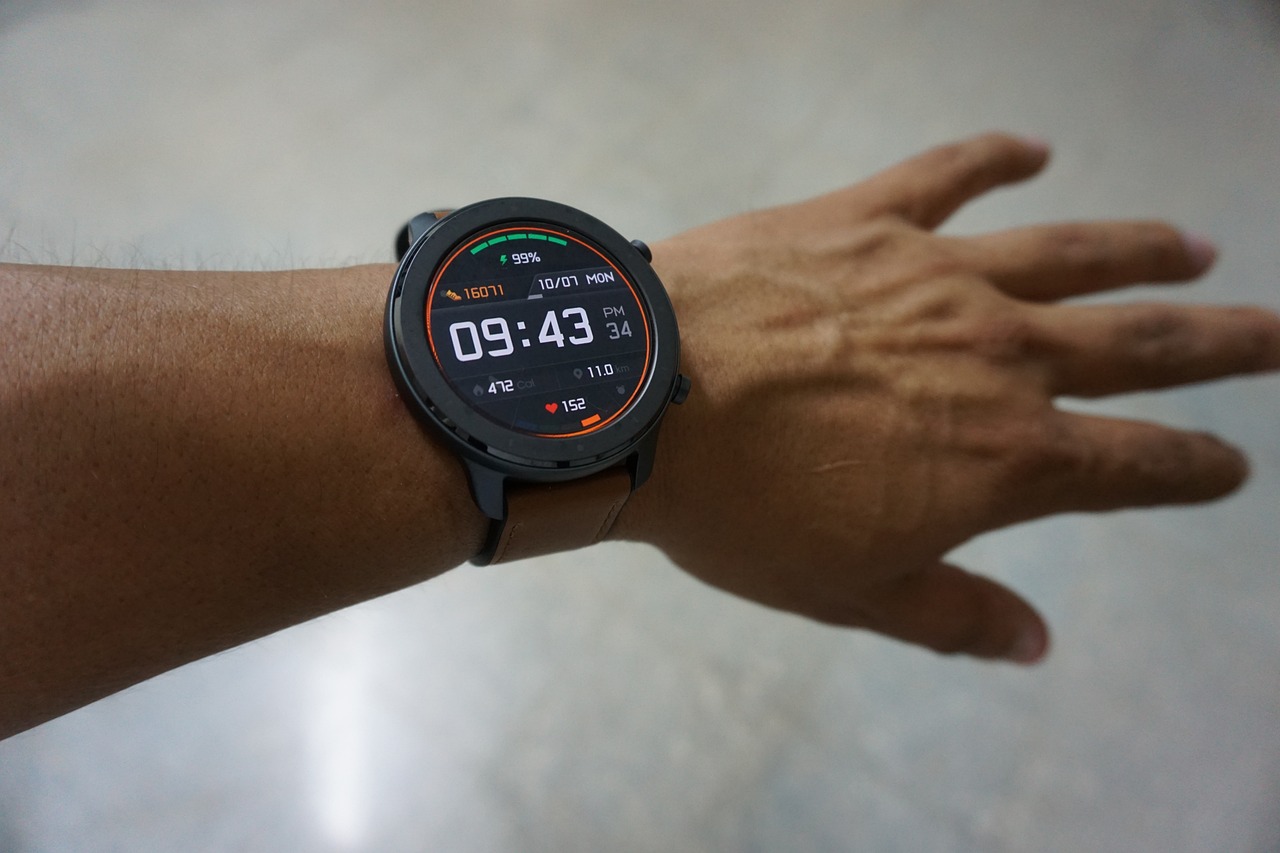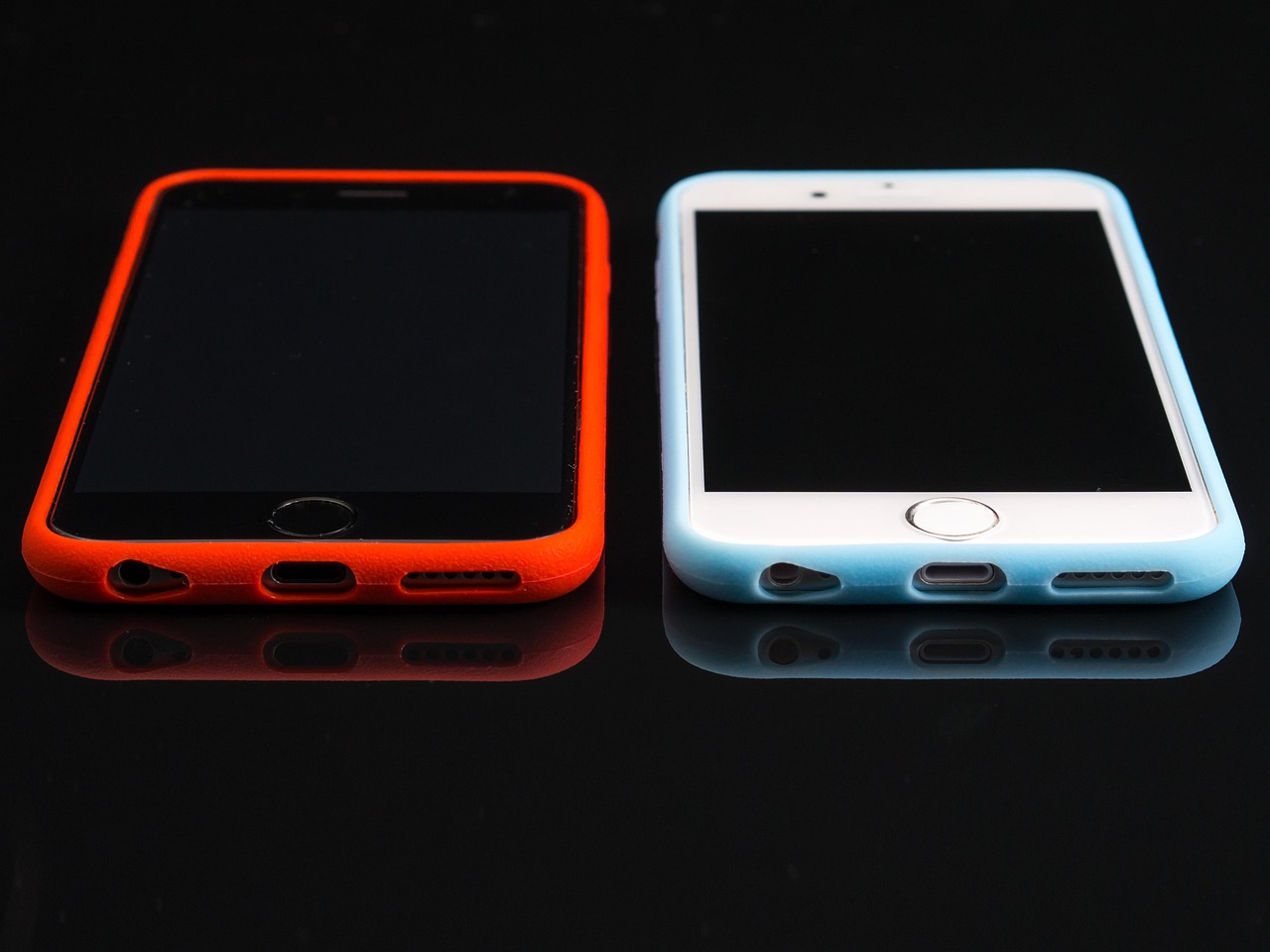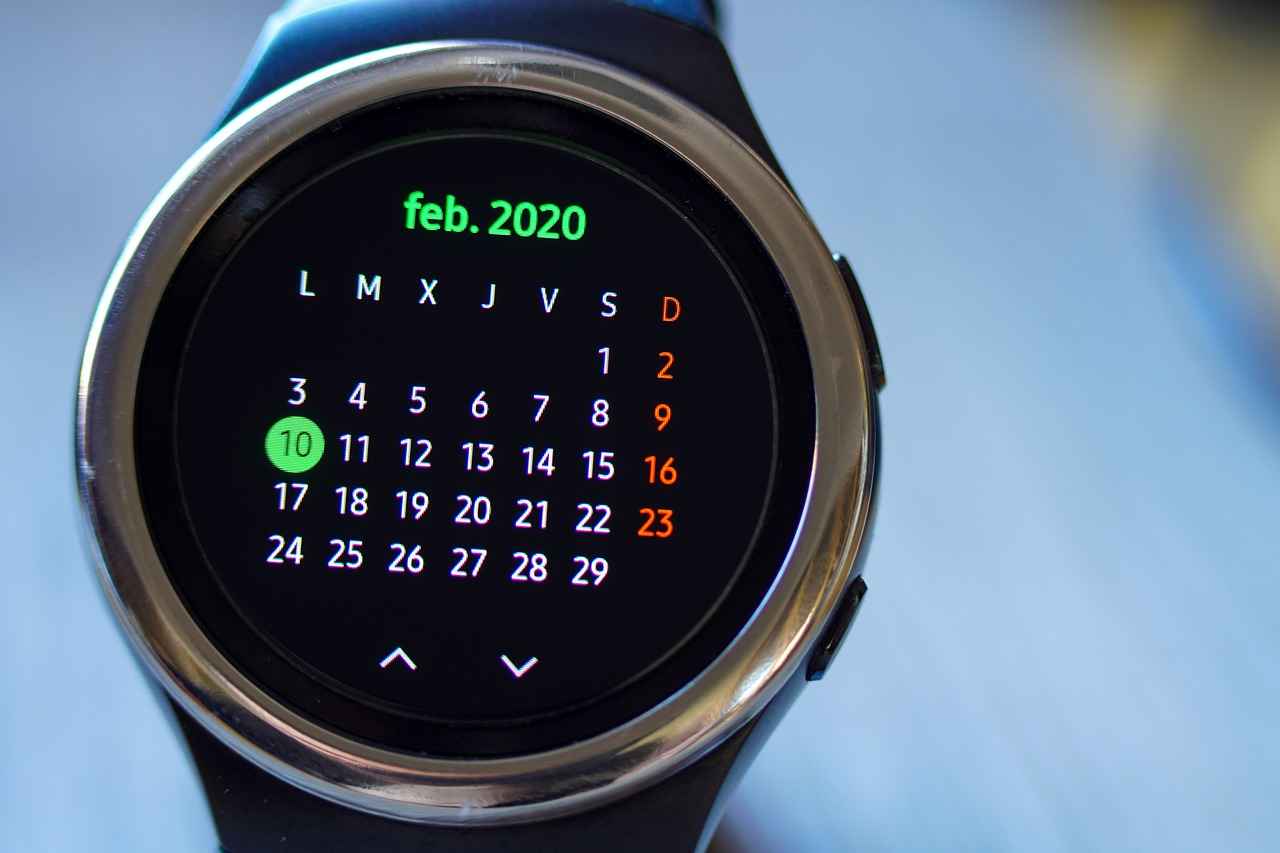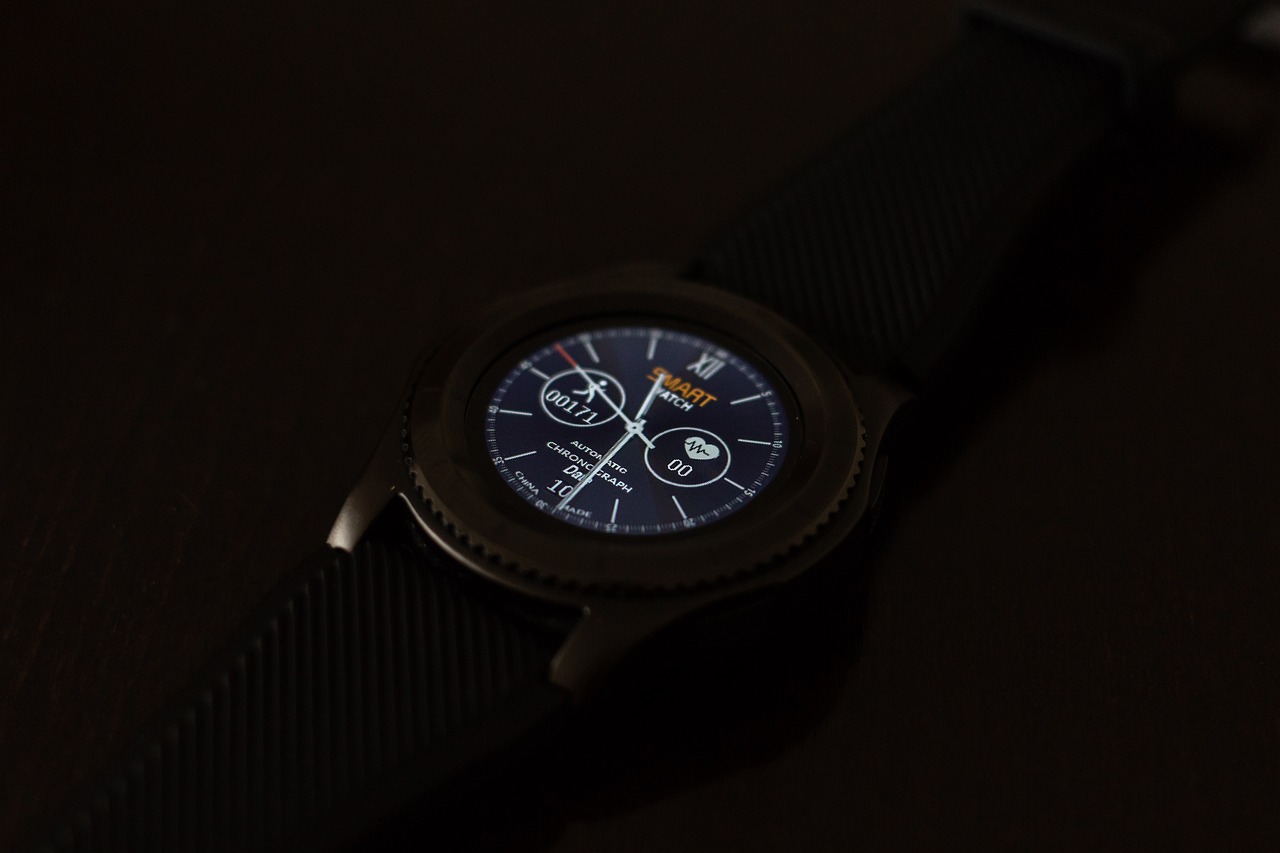This article explores the essential factors to consider when selecting a smartwatch, ensuring it aligns perfectly with your lifestyle, preferences, and needs.
Choosing the right smartwatch can be a daunting task, given the myriad of options available today. To make an informed decision, it’s crucial to understand the features that will benefit you the most.
Understanding Smartwatch Features
Smartwatches offer a variety of functionalities. Familiarizing yourself with these features can help you identify what is truly essential for your daily activities.
Health and Fitness Tracking Capabilities
If you are a fitness enthusiast, features like heart rate monitoring and GPS tracking are indispensable. Certain smartwatches excel in these areas, providing the support you need to achieve your health goals.
- Heart Rate Monitoring: Accurate heart rate measurement is vital. Different models utilize various technologies to provide real-time data, helping you track your fitness levels effectively.
- Continuous vs. On-Demand Monitoring: Some devices offer continuous monitoring, while others allow for on-demand checks. Weigh the pros and cons of each to find what suits your routine.
- Integration with Fitness Apps: Compatibility with popular fitness applications can enhance your smartwatch’s functionality, making it easier to track your progress.
GPS and Outdoor Activities
For those who enjoy outdoor activities, a smartwatch with built-in GPS is essential. Look for models that provide reliable tracking for activities like hiking, running, and cycling.
Battery Life and Charging Options
Battery longevity significantly affects your smartwatch experience. Evaluate the battery life and charging methods of different models to find one that fits your lifestyle.
- Daily Usage and Charging Frequency: Consider how often you’ll need to charge your device. Some models offer extended battery life suitable for daily wear.
- Fast Charging Features: Fast charging options can minimize downtime, allowing you to recharge your device quickly.
Design and Customization Options
The aesthetic appeal of a smartwatch can influence your choice. Explore various styles and customization options to find a device that suits your personal taste.
- Strap Materials and Comfort: Comfort is key for daily wear. Investigate different strap materials and their impact on wearability.
- Watch Faces and Customization: Many smartwatches allow you to customize watch faces, letting you express your style.
Compatibility with Smartphones
Ensure your smartwatch is compatible with your smartphone. Not all devices work seamlessly with both iOS and Android platforms.
- iOS vs. Android Compatibility: Understanding compatibility is essential for smooth integration with your smartphone.
- App Availability: The range of available apps can enhance functionality, so explore which platforms offer the best app ecosystems.
Price Range and Value for Money
Smartwatches come in various price ranges. Assess which features justify the cost and seek the best value for your investment.
- Budget-Friendly Options: There are excellent smartwatches at lower price points that still provide essential features.
- Premium Features Worth the Investment: Some high-end models offer advanced functionalities that may be worth the extra cost for dedicated users.

Understanding Smartwatch Features
When it comes to choosing a smartwatch, understanding its features is crucial. Smartwatches are not just timekeeping devices; they are multifunctional gadgets that can significantly enhance your daily life. With a plethora of options available, knowing which features are essential can streamline your decision-making process.
Smartwatches typically come equipped with a variety of functionalities designed to cater to different lifestyles. Below are some key features to consider:
- Notifications and Alerts: Stay connected with notifications for calls, messages, and apps directly on your wrist. This feature allows you to manage your communications without constantly checking your phone.
- Health Monitoring: Many smartwatches include health tracking capabilities, such as heart rate monitoring, sleep tracking, and even blood oxygen levels. These features are particularly beneficial for those looking to maintain or improve their health.
- Fitness Tracking: Built-in fitness trackers can monitor your physical activities, offering insights into your workouts and encouraging a more active lifestyle. Look for models that track various exercises, from running to swimming.
- GPS Functionality: For outdoor enthusiasts, GPS is a must-have feature, providing accurate location tracking for activities like hiking and cycling without needing to carry a phone.
- Customization Options: Smartwatches often allow users to customize watch faces and bands, enabling personalization that reflects individual style and preferences.
By assessing these features, you can identify which functionalities align with your daily activities and lifestyle needs. Whether you prioritize fitness tracking, health monitoring, or seamless connectivity, understanding the array of available features will guide you in selecting the best smartwatch for your unique requirements.
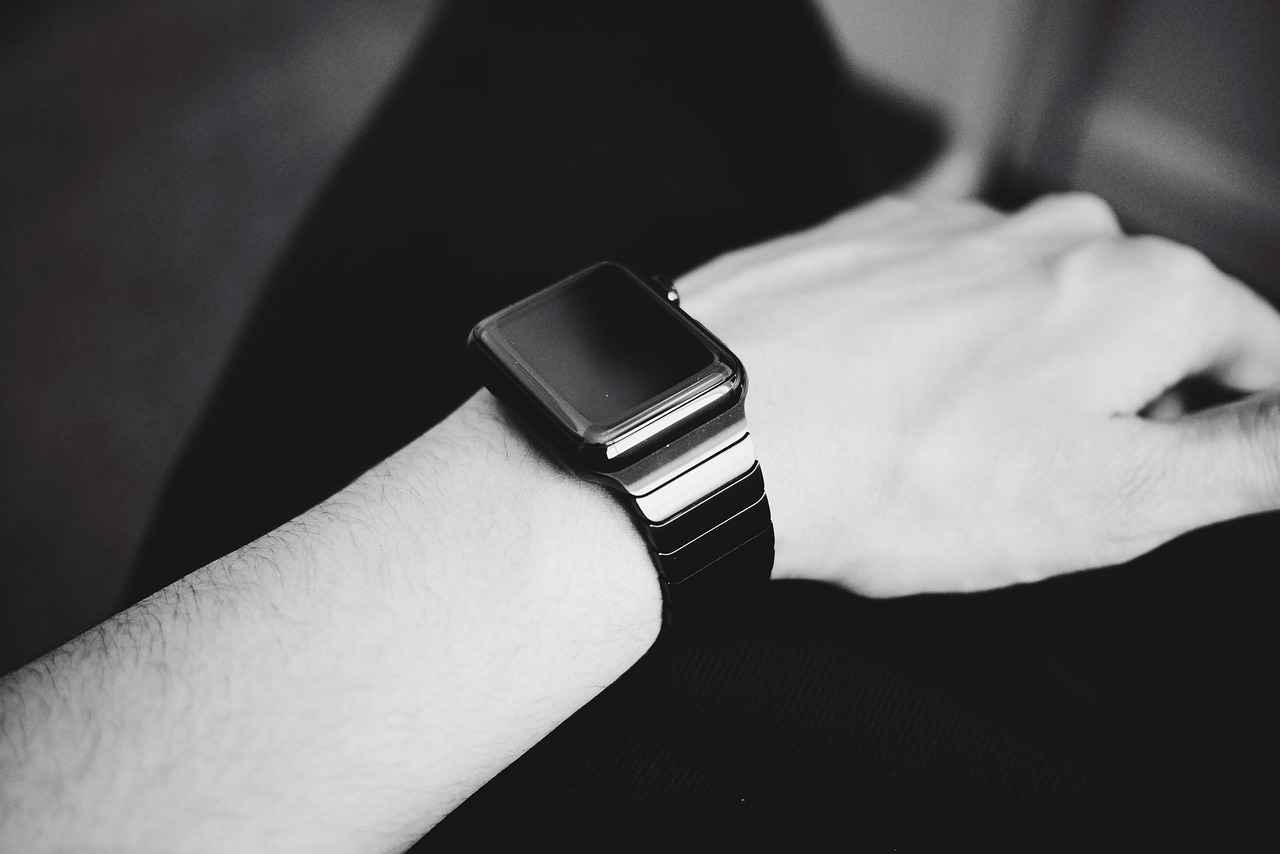
Health and Fitness Tracking Capabilities
When it comes to maintaining a healthy lifestyle, smartwatches have become indispensable tools for fitness enthusiasts. Health tracking features such as heart rate monitoring and GPS capabilities play a pivotal role in achieving fitness goals. Understanding which smartwatches excel in these areas can significantly enhance your workout experience and overall well-being.
Heart rate monitoring is a fundamental feature for anyone serious about fitness. It allows users to track their heart rate in real-time, providing insights into their cardiovascular health and exercise intensity. Different smartwatches utilize various technologies, such as optical sensors, to measure heart rate accurately. Some models even offer advanced features like VO2 max estimation and recovery time suggestions, which can help you optimize your training.
Smartwatches generally offer two types of heart rate monitoring: continuous and on-demand. Continuous monitoring tracks your heart rate throughout the day, which is beneficial for understanding your overall health trends. On-demand monitoring, on the other hand, allows you to check your heart rate whenever you choose. Each method has its advantages, and selecting the right one depends on your personal fitness routine and goals.
For outdoor enthusiasts, built-in GPS is essential for accurately tracking distance, pace, and routes during activities like running, cycling, or hiking. Smartwatches with reliable GPS capabilities can provide detailed maps and navigation, enhancing your outdoor experience. Look for models that offer features like route planning and live tracking to stay connected and safe during your adventures.
Compatibility with popular fitness apps amplifies the utility of your smartwatch. Many devices seamlessly integrate with apps like Strava, MyFitnessPal, and Fitbit, allowing for comprehensive tracking of your health metrics. This integration not only makes it easier to monitor your progress but also helps you stay motivated by connecting with other fitness enthusiasts.
In conclusion, when choosing a smartwatch, prioritize health and fitness tracking capabilities. By focusing on heart rate monitoring and GPS features, you can select a device that truly supports your fitness goals and enhances your overall health journey.
Heart Rate Monitoring
Heart rate monitoring is a crucial component of fitness tracking, enabling users to gain insights into their cardiovascular health and exercise intensity. Various smartwatches employ different technologies to measure heart rate, ensuring that fitness enthusiasts can monitor their performance accurately.
Smartwatches typically use either optical sensors or electrocardiogram (ECG) technology for heart rate measurement. Optical sensors, commonly found in many consumer-grade devices, use light to detect blood flow through the skin. This method is effective for continuous monitoring during workouts, providing real-time data that can help users adjust their exercise intensity. On the other hand, ECG technology offers a more precise measurement by analyzing the electrical signals of the heart. This is particularly beneficial for individuals with specific health concerns, as it can detect irregular heart rhythms.
The accuracy of heart rate measurements can vary significantly between different smartwatch models. Factors such as skin tone, ambient light, and the watch’s fit on the wrist can influence readings. Research indicates that while many smartwatches provide reasonably accurate data during steady-state exercises, they may struggle with accuracy during high-intensity workouts or sudden movements. Therefore, users should consider their specific fitness activities when selecting a smartwatch.
When evaluating heart rate monitoring capabilities, it is essential to consider whether a smartwatch offers continuous monitoring or on-demand readings. Continuous monitoring tracks heart rate throughout the day, which is beneficial for those looking to maintain a healthy lifestyle. In contrast, on-demand readings allow users to check their heart rate at specific intervals, which can be more suitable for casual users.
In summary, understanding how different smartwatches measure heart rate and their respective accuracies is vital for making an informed choice. By selecting a device that aligns with your fitness goals and lifestyle, you can enhance your training experience and achieve better health outcomes.
Continuous vs. On-Demand Monitoring
When it comes to heart rate monitoring, smartwatches offer two primary approaches: continuous monitoring and on-demand readings. Each method has its own set of advantages and disadvantages that can significantly impact your fitness routine.
Continuous heart rate monitoring provides real-time data throughout the day, making it an excellent choice for those who want to track their heart rate during various activities, including exercise, sleep, and even while at rest. This feature is particularly beneficial for individuals aiming to maintain specific heart rate zones during workouts, as it allows for immediate adjustments to their intensity levels. Furthermore, continuous monitoring can help detect irregular heart rhythms, providing valuable insights into overall heart health.
However, continuous monitoring can also have drawbacks. It typically consumes more battery life, which may necessitate more frequent charging. Additionally, some users may find the constant data overwhelming or distracting, especially if they are not accustomed to monitoring their heart rate so frequently.
On the other hand, on-demand heart rate readings allow users to check their heart rate at their convenience. This method is less intrusive and can be less battery-intensive, making it suitable for those who prefer a more minimalist approach. Users can take readings during workouts or at specific intervals, which can help them focus on their performance without constant data feedback.
However, the downside of on-demand readings is that they may not provide a complete picture of your heart health. If you only check your heart rate sporadically, you might miss important fluctuations that could indicate a need for lifestyle changes or medical attention.
Ultimately, the choice between continuous and on-demand heart rate monitoring depends on your personal fitness goals and lifestyle. Consider what aligns best with your routine and how much data you want to manage as you make your decision.
Integration with Fitness Apps
In today’s digital age, the integration of smartwatches with popular fitness applications has become a pivotal factor in enhancing their utility. As fitness enthusiasts increasingly rely on technology to monitor their health and performance, the compatibility of a smartwatch with various apps can significantly influence its effectiveness. Below, we explore the importance of this integration and highlight some of the leading smartwatches that seamlessly connect with your favorite health and fitness applications.
Many users seek smartwatches that can sync effortlessly with platforms such as MyFitnessPal, Strava, and Fitbit. These applications allow users to track their workouts, monitor nutrition, and analyze health metrics, making it essential for smartwatches to have strong compatibility. When choosing a smartwatch, consider the following:
- App Ecosystem: A robust selection of compatible apps can enhance your experience. Look for smartwatches that support a wide range of fitness applications.
- Real-Time Data Sync: The ability to receive real-time updates from your fitness app on your smartwatch can motivate you during workouts and help you stay on track with your fitness goals.
- User-Friendly Interface: A smartwatch that offers an intuitive interface for navigating fitness apps makes it easier to access your data and insights quickly.
Some of the top smartwatches known for their exceptional integration with fitness apps include:
| Smartwatch | Compatible Apps | Key Features |
|---|---|---|
| Apple Watch Series 8 | MyFitnessPal, Strava, Nike Run Club | Heart rate monitoring, GPS, customizable workouts |
| Garmin Forerunner 245 | Garmin Connect, Strava, TrainingPeaks | Advanced running metrics, VO2 max estimate |
| Samsung Galaxy Watch 5 | MyFitnessPal, Samsung Health, Strava | Sleep tracking, body composition analysis |
In summary, selecting a smartwatch that integrates well with your preferred fitness applications can greatly enhance your health tracking experience. By focusing on compatibility, app ecosystem, and user experience, you can choose a device that not only meets your fitness needs but also motivates you to achieve your health goals.
GPS and Outdoor Activities
For outdoor enthusiasts, having a smartwatch with built-in GPS is not just a luxury; it is an essential tool that enhances safety and performance during activities like hiking, running, and cycling. Reliable GPS tracking allows users to accurately measure their distance, pace, and route, ensuring they can navigate unfamiliar terrains with confidence.
When selecting a smartwatch for outdoor activities, consider the following factors:
- Accuracy of GPS Tracking: Look for smartwatches that utilize advanced GPS technology to provide precise location tracking. Devices that combine GPS with GLONASS or Galileo systems often yield better accuracy.
- Battery Life: GPS usage can drain battery life quickly. Choose smartwatches with extended battery capabilities, especially those designed for long outdoor excursions. Some models can last up to 20 hours in GPS mode.
- Durability: Outdoor activities can be tough on equipment. Opt for smartwatches with rugged designs that are water-resistant and built to withstand harsh conditions.
- Route Navigation: Certain smartwatches offer turn-by-turn navigation and the ability to upload custom routes. This feature is particularly useful for hikers and cyclists exploring new trails.
- Safety Features: Some devices come equipped with safety features such as emergency SOS alerts and live tracking, which can be lifesavers in remote areas.
Popular smartwatches that excel in GPS functionality include:
| Smartwatch Model | GPS Accuracy | Battery Life (GPS Mode) | Durability Rating |
|---|---|---|---|
| Garmin Forerunner 245 | High | 24 hours | Water-resistant up to 50m |
| Apple Watch Series 8 | High | 18 hours | Water-resistant up to 50m |
| Suunto 9 Baro | Very High | 120 hours | Water-resistant up to 100m |
In summary, choosing the right smartwatch with reliable GPS functionality can significantly enhance your outdoor experiences. Whether you are tracking your running routes, navigating through trails, or cycling across challenging terrains, investing in a quality smartwatch will provide the support and information you need to enjoy your activities safely and effectively.

Battery Life and Charging Options
Battery life is a crucial element that can significantly influence your overall experience with a smartwatch. When selecting a model, it’s imperative to assess not only the longevity of the battery but also the available charging methods. This evaluation will help you identify which smartwatch aligns best with your daily routine and lifestyle.
Many users find themselves frustrated when their smartwatch requires frequent charging. Therefore, understanding battery longevity is essential. Some models boast impressive battery life, lasting several days on a single charge, while others may need to be charged daily. Consider your typical usage patterns—if you’re an active user who relies on notifications, fitness tracking, and GPS features, opt for a smartwatch that offers extended battery life to avoid interruptions.
Another important factor is the charging method. Smartwatches may utilize various charging technologies, including magnetic chargers, wireless charging pads, or traditional charging cables. Models equipped with fast charging capabilities can be particularly beneficial, allowing you to quickly recharge your device during short breaks, ensuring minimal downtime. Look for smartwatches that offer at least a few hours of battery life with just a 20-30 minute charge.
- Daily Usage: Assess how often you will need to charge your device based on your daily activities.
- Charging Frequency: Determine if you prefer a watch that can last multiple days without requiring a charge.
- Fast Charging: Explore models that offer rapid charging solutions to enhance convenience.
In conclusion, the right balance of battery life and charging options can elevate your smartwatch experience. By carefully considering these factors, you can select a model that not only meets your needs but also complements your lifestyle seamlessly.
Daily Usage and Charging Frequency
When it comes to smartwatches, understanding how often you need to charge your device is essential for maintaining a seamless experience. Many users find themselves frustrated when their smartwatch runs out of battery during the day, disrupting their connectivity and health tracking. Therefore, it is crucial to evaluate the battery life of different models before making a purchase.
Several factors influence how often you will need to charge your smartwatch. These include the device’s usage patterns, the features you utilize, and the specific battery capacity of the model. For example, if you frequently use GPS tracking or health monitoring features, your device will consume more power, requiring more frequent recharges.
Many modern smartwatches offer impressive battery longevity. Some models can last up to a week or more on a single charge, making them ideal for users who prefer not to charge their devices daily. Here are a few models known for their extended battery life:
| Smartwatch Model | Battery Life | Charging Frequency |
|---|---|---|
| Garmin Fenix 7 | Up to 18 days | Once every two weeks |
| Fitbit Versa 3 | Up to 6 days | Every 5-6 days |
| Apple Watch Series 8 | Up to 18 hours | Daily |
Additionally, some smartwatches come equipped with fast charging features, allowing users to quickly recharge their devices during short breaks. This can be particularly beneficial for those with busy lifestyles who may not have the luxury of waiting hours for their smartwatch to charge. Understanding these aspects will help you choose a smartwatch that fits your daily routine without the hassle of frequent charging.
Ultimately, selecting a smartwatch with a battery life that aligns with your daily activities can enhance your overall experience, ensuring that you stay connected and healthy without interruption.
Fast Charging Features
In today’s fast-paced world, time is of the essence, and this is especially true when it comes to charging our devices. Many users seek smartwatches that not only offer a variety of features but also come equipped with fast charging capabilities. This feature can significantly reduce the time spent tethered to a charger, allowing users to get back to their daily activities more quickly.
Several leading smartwatch brands have recognized this need and have incorporated fast charging technology into their devices. For instance, models from Apple and Samsung are known for their efficient charging systems. With just a short charging session, these watches can regain a substantial amount of battery life, ensuring that you won’t miss out on important notifications or health tracking throughout your day.
- Apple Watch Series 7 and later: These models support fast charging, allowing users to reach up to 80% battery in approximately 45 minutes.
- Samsung Galaxy Watch 4: This smartwatch can achieve a full charge in under two hours, making it convenient for users on the go.
- Garmin Venu 2: Known for its fitness tracking capabilities, it also features quick charging that provides several hours of use with just a short charge.
When considering a smartwatch, it’s essential to evaluate not only the charging speed but also the overall battery performance. Some models may offer fast charging but have a shorter battery life, which can lead to more frequent charging sessions. Therefore, it’s advisable to look for a balance between fast charging and long-lasting battery life.
In conclusion, selecting a smartwatch with fast charging features can enhance your user experience, allowing for minimal downtime and more flexibility in your daily routine. As technology continues to evolve, we can expect even more advancements in battery technology, making smartwatches more efficient than ever.

Design and Customization Options
When selecting a smartwatch, the design and customization options available can significantly impact your choice. A smartwatch is not just a functional gadget; it is also a fashion accessory that reflects your personal style. Understanding the various styles, materials, and customization features can help you find a smartwatch that resonates with your taste and complements your lifestyle.
Smartwatches come in a myriad of styles, from sleek and modern to rugged and sporty. The choice of materials also plays a crucial role in the overall aesthetic and durability of the watch. Common materials include:
- Stainless Steel: Offers a classic look and durability.
- Aluminum: Lightweight and often more affordable.
- Plastic: Ideal for fitness-focused models, providing flexibility and comfort.
- Leather: Adds a touch of elegance, perfect for formal occasions.
Many smartwatches offer extensive customization options, allowing you to tailor the device to your preferences. Here are some popular features:
- Interchangeable Straps: Switch between different strap styles and materials to match your outfit or activity.
- Custom Watch Faces: Personalize your display with unique designs, colors, and layouts that reflect your personality.
- Color Choices: Some models allow you to choose from a range of colors, enhancing the visual appeal of your smartwatch.
Comfort is paramount when wearing a smartwatch daily. Consider the weight and fit of the watch on your wrist. A well-fitted smartwatch will not only look good but also feel comfortable throughout the day. Look for features like:
- Adjustable Straps: Ensure a perfect fit for various wrist sizes.
- Lightweight Designs: Opt for models that won’t weigh you down during activities.
Ultimately, the right smartwatch design and customization options can enhance your overall experience. By choosing a device that aligns with your style and comfort, you ensure that your smartwatch is a functional and fashionable extension of your personality.
Strap Materials and Comfort
When it comes to selecting a smartwatch, comfort is paramount, especially for those who plan to wear it throughout the day. The choice of strap material can significantly influence your overall experience, affecting everything from skin irritation to how the watch feels during physical activities. Here, we will explore the most common strap materials available and their impact on comfort.
- Silicone Straps: Known for their flexibility and lightweight nature, silicone straps are popular among fitness enthusiasts. They are resistant to sweat and water, making them ideal for workouts and outdoor activities. However, prolonged use may lead to skin irritation for some users, especially in hot weather.
- Leather Straps: Leather offers a classic and sophisticated look, perfect for casual and formal settings. While they provide a comfortable fit, leather straps may not be as breathable as other materials, which can lead to discomfort during extended wear or exercise.
- Metal Straps: Metal bands, such as stainless steel, offer durability and a premium feel. They are often adjustable, allowing for a personalized fit. However, metal can be heavier and may cause discomfort if worn for long periods, particularly during physical activities.
- Nylon Straps: Lightweight and breathable, nylon straps are an excellent choice for those seeking comfort and durability. They are often adjustable and come in various styles, making them suitable for both casual and athletic wear. Their soft texture is gentle on the skin, reducing the risk of irritation.
Ultimately, the best strap material for your smartwatch depends on your personal preferences and lifestyle. Consider factors such as activity level, skin sensitivity, and style when making your choice. The right strap can enhance your smartwatch experience, ensuring you enjoy both functionality and comfort.
Watch Faces and Customization
In the realm of smartwatches, personalization is key to making your device truly yours. One of the most exciting features of modern smartwatches is the ability to customize watch faces. This not only enhances the aesthetic appeal of your device but also allows you to tailor it to your specific needs and preferences.
Why Customize Your Watch Face? Customizing your watch face can reflect your personality, mood, or style. Whether you prefer a classic analog look, a sporty digital display, or something entirely unique, the options are virtually limitless. Many smartwatches offer a variety of pre-installed watch faces, but the real fun begins when you explore third-party apps that provide even more designs.
- Personal Expression: Choose colors, themes, and layouts that resonate with you.
- Functional Customization: Display important information such as weather, fitness stats, or notifications directly on your watch face.
- Seasonal or Event-based Designs: Change your watch face to match holidays, events, or your outfit.
How to Customize Your Watch Face
Most smartwatches come with user-friendly interfaces that make customization straightforward. Here’s a general guide to get you started:
1. Open the watch face settings on your smartwatch.2. Browse through the available watch faces.3. Select a watch face you like.4. Customize elements such as color, complications, and layout.5. Save your changes.
Additionally, many smartwatches allow you to download new watch faces from app stores. Simply search for watch face apps, and you’ll find countless options to suit your style.
In conclusion, customizing your smartwatch’s watch face is an enjoyable way to express yourself while enhancing functionality. Explore the options available to find the perfect watch face that suits your lifestyle.

Compatibility with Smartphones
When it comes to selecting a smartwatch, one of the most critical factors to consider is its compatibility with your smartphone. Ensuring that your smartwatch can seamlessly connect with your mobile device is essential for maximizing its features and functionalities. In this section, we will explore the different operating systems and devices that work best with popular smartwatch brands, helping you make an informed choice.
Smartwatches primarily operate on two major platforms: Wear OS by Google and watchOS by Apple. Additionally, there are other operating systems like Tizen by Samsung and LiteOS for various budget-friendly models. Each operating system has its strengths and weaknesses, which can significantly affect your user experience.
- iOS Devices: Apple’s smartwatches, such as the Apple Watch series, are designed exclusively for iPhones. This ensures a seamless integration of features like notifications, apps, and health tracking.
- Android Devices: Many smartwatches, including those running Wear OS, are compatible with a wide range of Android smartphones. However, users should check for specific compatibility with their device model to avoid any connectivity issues.
The availability of apps is another crucial aspect of smartwatch compatibility. Some platforms offer a more extensive selection of applications than others. For instance, Apple’s App Store provides a rich ecosystem tailored for Apple Watch users, while Wear OS also has a growing library of apps that cater to various needs.
| Brand | Operating System | Compatible Devices |
|---|---|---|
| Apple | watchOS | iPhones |
| Samsung | Tizen / Wear OS | Android and iOS (limited features) |
| Garmin | Garmin OS | Android and iOS |
| Fitbit | Fitbit OS | Android and iOS |
In summary, ensuring that your smartwatch is compatible with your smartphone is essential for a smooth user experience. By understanding the operating systems, compatibility with iOS and Android devices, and the app ecosystem, you can choose a smartwatch that fits seamlessly into your lifestyle.
iOS vs. Android Compatibility
When selecting a smartwatch, compatibility with your smartphone is one of the most critical factors to consider. Not all smartwatches are designed to work seamlessly with both iOS and Android operating systems. This can lead to frustration if you purchase a device that doesn’t integrate well with your smartphone.
Many smartwatch brands, such as Apple, Samsung, and Garmin, have distinct operating systems that cater to their respective mobile platforms. For instance, the Apple Watch is specifically designed for iOS devices and lacks functionality when paired with an Android smartphone. On the other hand, some brands like Wear OS and Fitbit offer models that are compatible with both operating systems, providing more flexibility for users.
To ensure a seamless experience, it’s essential to check the compatibility of the smartwatch with your smartphone model. Here are some key points to consider:
- Operating System: Verify whether the smartwatch supports your smartphone’s operating system. Some devices may only provide limited functionality when paired with an unsupported OS.
- App Availability: The availability of companion apps is crucial for maximizing the smartwatch’s features. Ensure that the necessary applications are available on both iOS and Android.
- Notification Sync: Some smartwatches offer better notification management on one platform over the other. Check reviews to see how well notifications are handled on your device.
In summary, understanding the compatibility differences between smartwatches and smartphones is essential for ensuring a smooth and effective user experience. By doing your research and considering these factors, you can choose a smartwatch that enhances your lifestyle and integrates perfectly with your smartphone.
App Availability
plays a crucial role in enhancing the functionality of your smartwatch. With the rapid growth of wearable technology, the ecosystem of applications available for smartwatches has expanded significantly, allowing users to customize and maximize their devices according to their personal needs.
When considering which smartwatch to purchase, it’s essential to explore the different platforms that offer extensive app ecosystems. The most popular operating systems for smartwatches include Wear OS, watchOS, and Tizen. Each platform has its unique advantages and a variety of applications tailored to different user preferences.
- Wear OS: Developed by Google, Wear OS supports a wide range of apps available through the Google Play Store. Users can find applications for fitness tracking, productivity, navigation, and even music streaming. This flexibility allows for a highly personalized experience, catering to various lifestyles.
- watchOS: Exclusively for Apple Watch users, watchOS boasts a robust app ecosystem that integrates seamlessly with iOS. Popular apps include health and fitness trackers, messaging platforms, and social media. The tight integration with the iPhone enhances the overall user experience and functionality.
- Tizen: Used primarily by Samsung smartwatches, Tizen offers a decent selection of apps focused on health, fitness, and entertainment. While the app library is not as extensive as Wear OS or watchOS, it still provides essential functionalities for Samsung device users.
When evaluating app availability, consider the types of applications that are most relevant to your daily activities. Whether you prioritize health tracking, communication, or productivity, ensuring that your chosen smartwatch supports the necessary apps will significantly enhance its usability.
In summary, the availability of apps can greatly enhance your smartwatch’s functionality. By exploring the platforms that offer the most extensive app ecosystems, you can select a device that aligns perfectly with your lifestyle and needs.
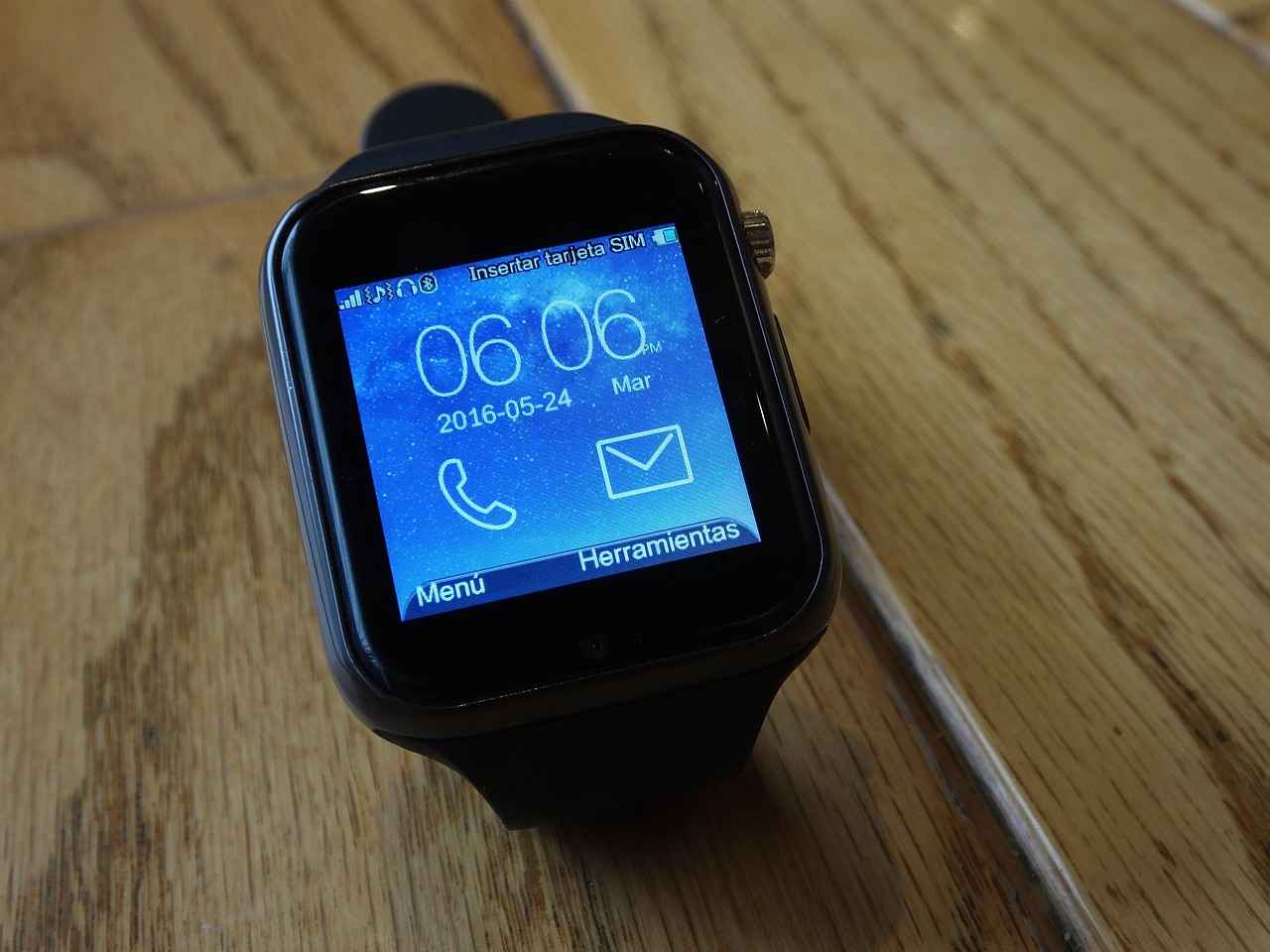
Price Range and Value for Money
When it comes to smartwatches, the market offers a diverse array of options, each with its own price tag. Understanding the features that justify the cost is crucial for making a wise investment. This section delves into the various price ranges and how to assess the value of a smartwatch based on its functionalities.
Evaluating Features Against Price
Smartwatches can range from budget-friendly models to high-end devices. To determine if a smartwatch is worth its price, consider the following key features:
- Health and Fitness Tracking: Advanced health metrics, such as heart rate monitoring and sleep tracking, can significantly enhance your fitness journey.
- Battery Life: Longer battery life means less frequent charging, which is essential for daily wear.
- Build Quality: Materials used in construction can affect durability and comfort, impacting overall satisfaction.
- Software Ecosystem: The availability of apps and updates can enhance functionality over time.
Finding the Best Value
To find the best value for your investment, consider the following strategies:
- Set a Budget: Determine how much you are willing to spend before exploring options. This helps narrow down choices without overspending.
- Read Reviews: User reviews and expert opinions can provide insights into the performance and reliability of specific models.
- Compare Features: Create a comparison table of models within your budget to weigh their features side by side.
Budget-Friendly Options
Many reputable brands offer smartwatches that are both affordable and feature-rich. These models often include essential functionalities such as fitness tracking and notifications without the premium price tag.
Premium Features Worth the Investment
If you are considering a high-end smartwatch, assess whether the premium features—such as advanced health metrics, customizable watch faces, and superior build quality—align with your lifestyle needs. For serious users, these features can enhance the overall experience and justify the higher cost.
Budget-Friendly Options
When it comes to choosing a smartwatch, price is often a significant factor for many consumers. Fortunately, the market is filled with excellent that provide essential features without requiring a hefty investment. These smartwatches are designed to cater to various needs, ensuring that you can find one that aligns perfectly with your lifestyle.
Many affordable smartwatches come equipped with features that were once exclusive to high-end models. For instance, you can find devices that offer heart rate monitoring, step tracking, and even sleep analysis. These functionalities are crucial for those who want to keep tabs on their health and fitness without overspending.
Additionally, many budget smartwatches include GPS capabilities, allowing outdoor enthusiasts to navigate their routes efficiently. This feature is particularly beneficial for runners and cyclists who rely on accurate tracking to measure their performance and progress.
Battery life is another important consideration. Many affordable models boast impressive battery longevity, often lasting several days on a single charge. This means you can enjoy the convenience of a smartwatch without the hassle of frequent recharging. Furthermore, some brands offer fast charging options, allowing you to quickly power up your device when needed.
In terms of design and customization, budget-friendly smartwatches are increasingly stylish and versatile. They often come in various colors and styles, allowing you to express your personality. Some models even offer customizable watch faces, enabling you to switch up your look based on your mood or outfit.
Finally, it’s essential to consider compatibility with your smartphone. Many budget smartwatches are designed to work seamlessly with both iOS and Android devices, ensuring that you can stay connected regardless of your preferred platform.
In summary, there are numerous affordable smartwatches available that do not compromise on quality or essential features. By exploring these options, you can find a device that meets your needs while staying within your budget.
Premium Features Worth the Investment
When it comes to choosing a smartwatch, premium features can significantly enhance your experience, especially for serious users who demand more from their devices. While many smartwatches offer basic functionalities, investing in a high-end model can provide advanced capabilities that cater to a variety of needs.
- Advanced Health Monitoring: Premium smartwatches often come equipped with sophisticated sensors that go beyond standard heart rate monitoring. Features like ECG (electrocardiogram) and blood oxygen level tracking can provide deeper insights into your health, making them invaluable for users with specific health concerns.
- Enhanced GPS Functionality: For outdoor enthusiasts, high-end smartwatches typically offer multi-band GPS which improves accuracy in challenging environments. This feature is essential for activities like hiking or trail running, where precise location tracking is critical.
- Longer Battery Life: Many premium models are designed with energy-efficient technology, allowing for extended battery life. This means fewer interruptions and more time spent enjoying the features without the constant need for recharging.
- Customizable Interfaces: Premium smartwatches often provide a wider range of customizable watch faces and complications, allowing users to tailor their interface to display the information that matters most to them.
- Seamless Integration: High-end models usually offer better integration with various apps and devices. This is particularly beneficial for users who rely on their smartwatch for notifications, music control, and even smart home management.
In summary, while premium smartwatches may come with a higher price tag, the advanced features they offer can greatly enhance the user experience, making them a worthy investment for those who prioritize functionality and performance in their wearable technology.
Frequently Asked Questions
- What features should I look for in a smartwatch?
When choosing a smartwatch, consider features like health tracking, GPS capabilities, battery life, design, and compatibility with your smartphone. Think about what aligns with your daily activities and lifestyle!
- How important is battery life for a smartwatch?
Battery life is crucial! A smartwatch with extended battery life means less time charging and more time enjoying its features. Look for models that can last through your daily routine without frequent recharging.
- Can I use a smartwatch with both iOS and Android?
Not all smartwatches are compatible with both operating systems. Make sure to check the compatibility of the smartwatch with your smartphone to ensure a smooth experience!
- Are there budget-friendly smartwatches that still offer good features?
Absolutely! There are many budget-friendly options available that provide essential features without breaking the bank. Just make sure to do your research and find one that suits your needs!
- What is the benefit of having GPS on a smartwatch?
GPS is a game-changer for outdoor enthusiasts! It allows for accurate tracking of your activities like running or hiking, helping you monitor your performance and navigate your routes effectively.

